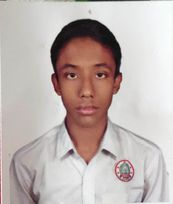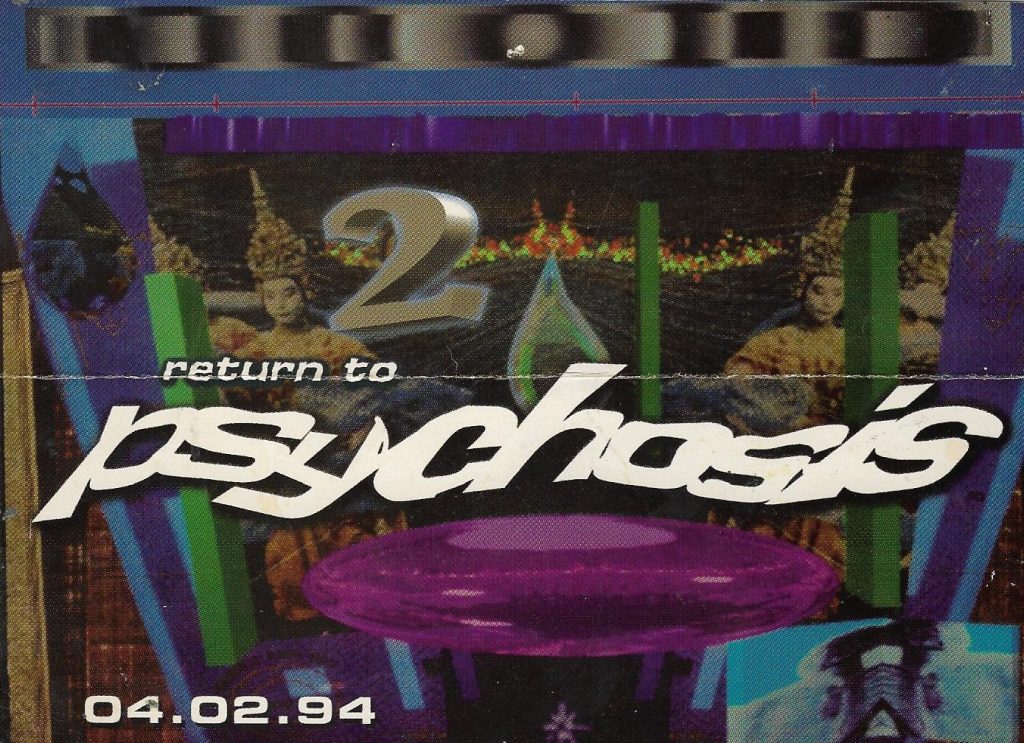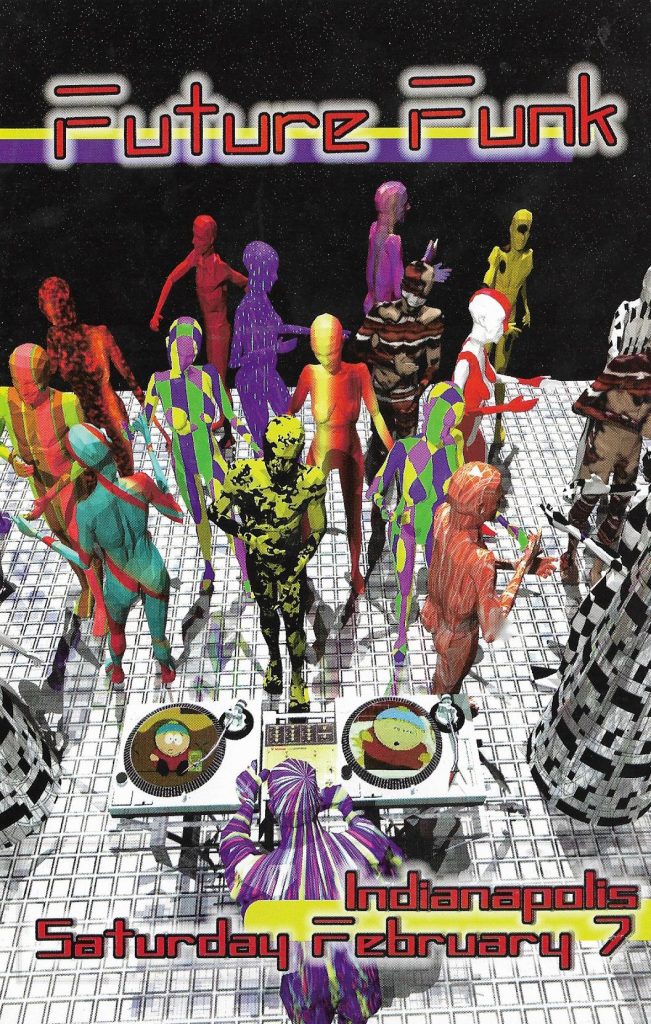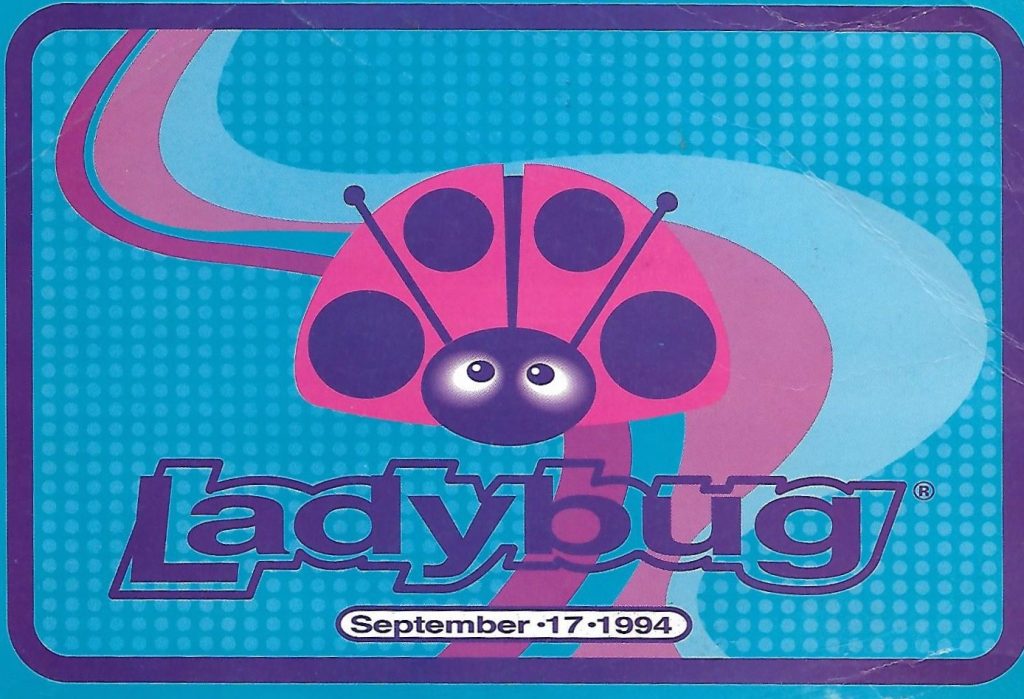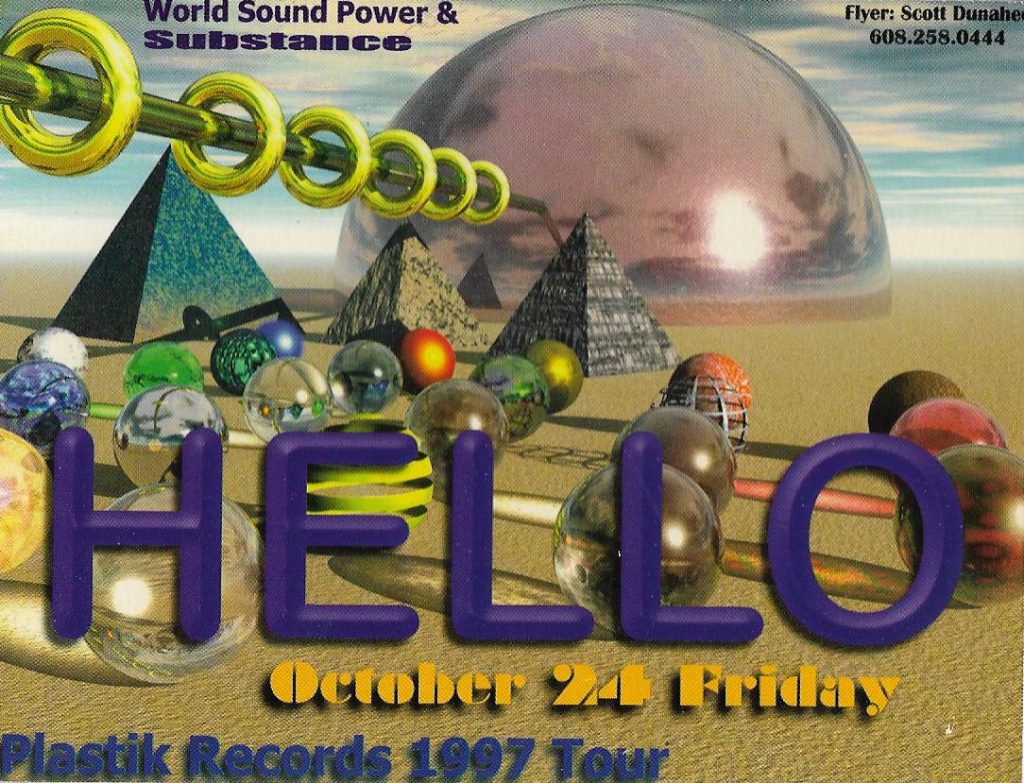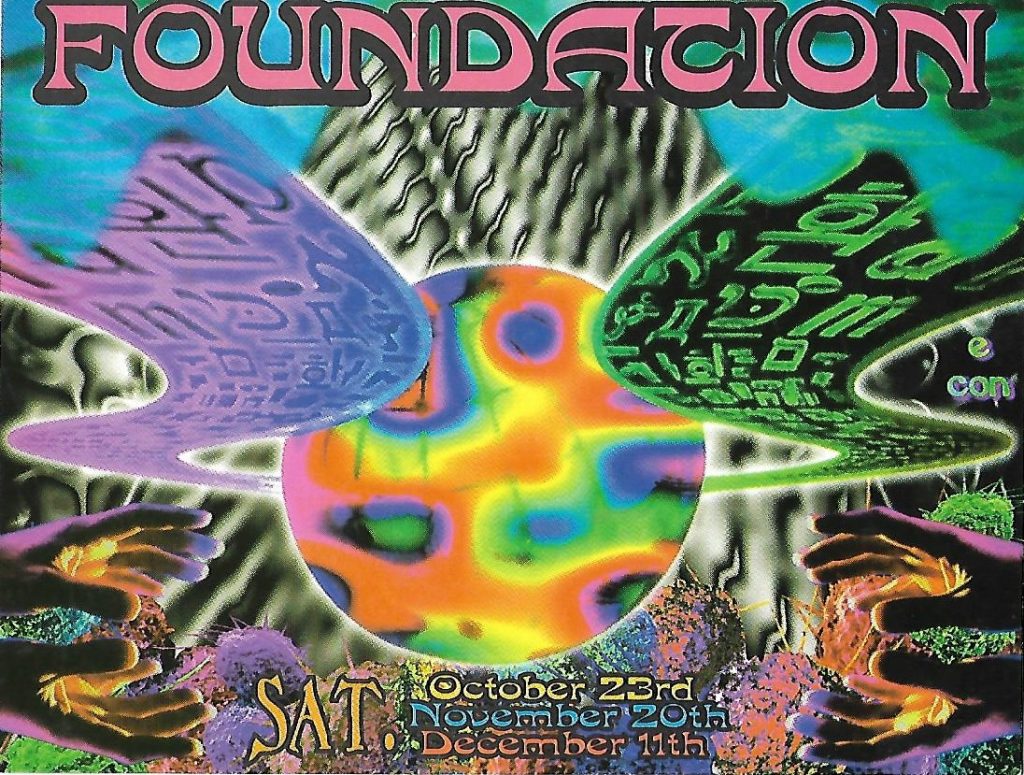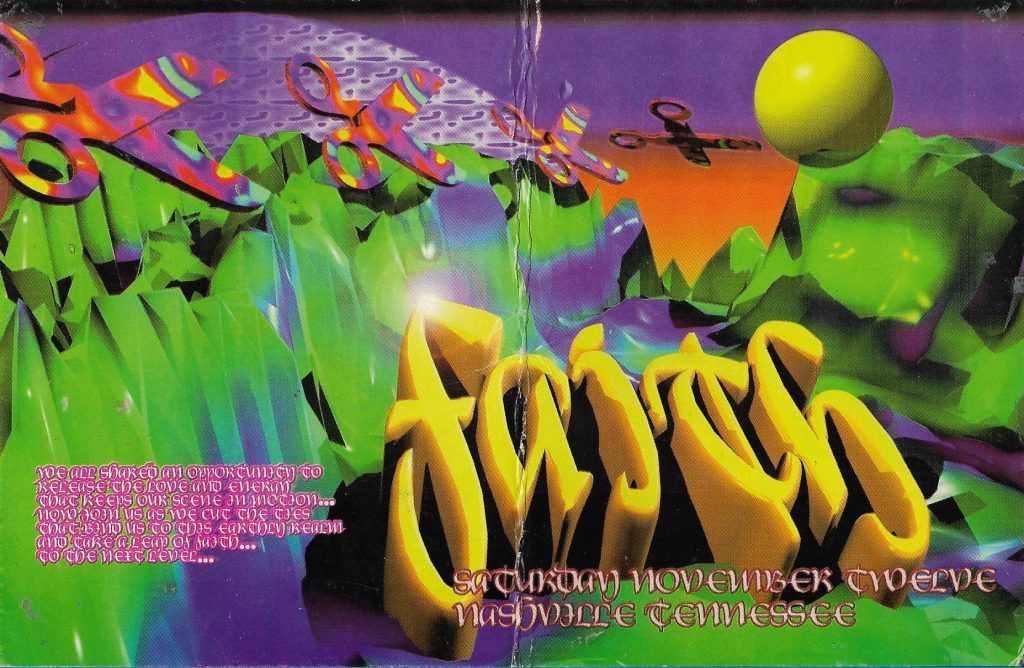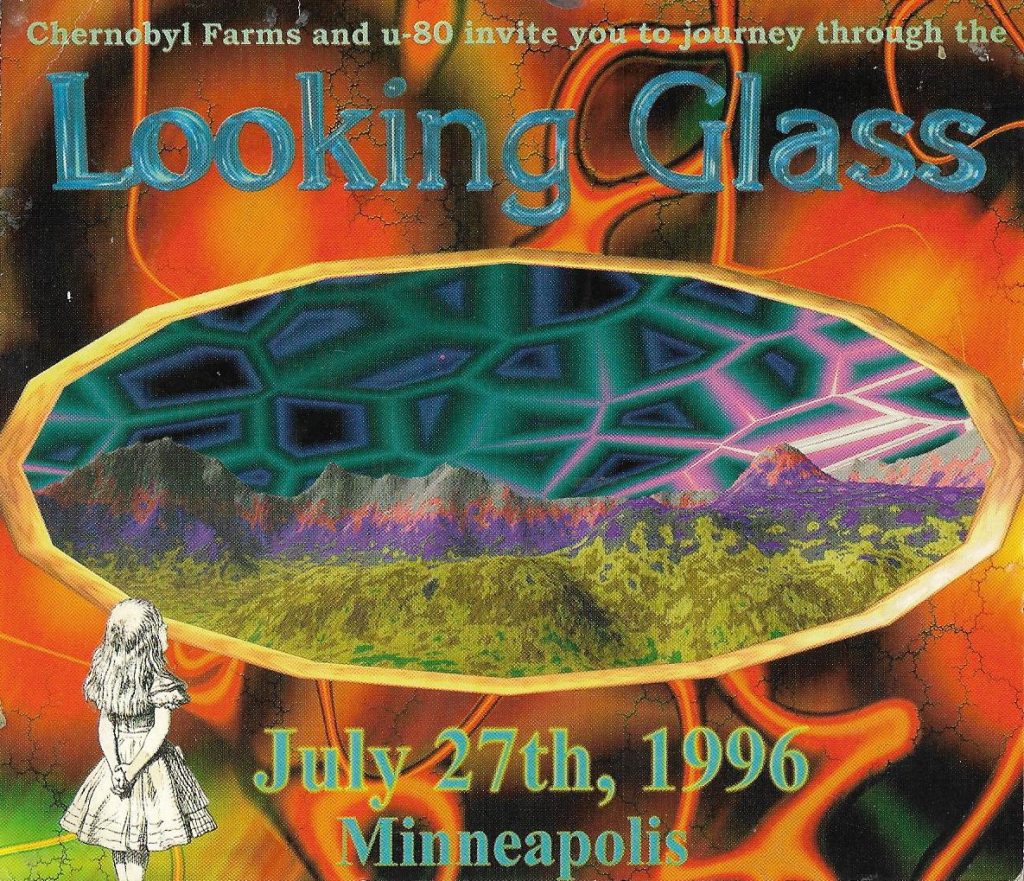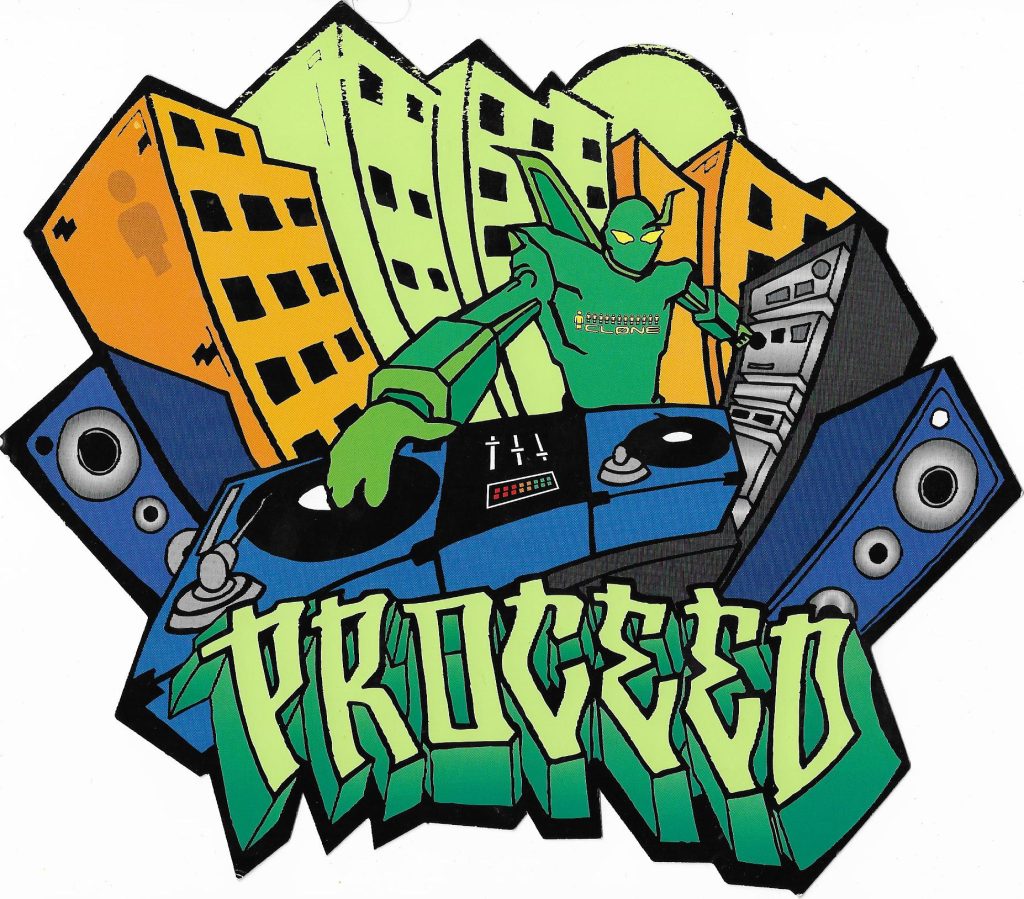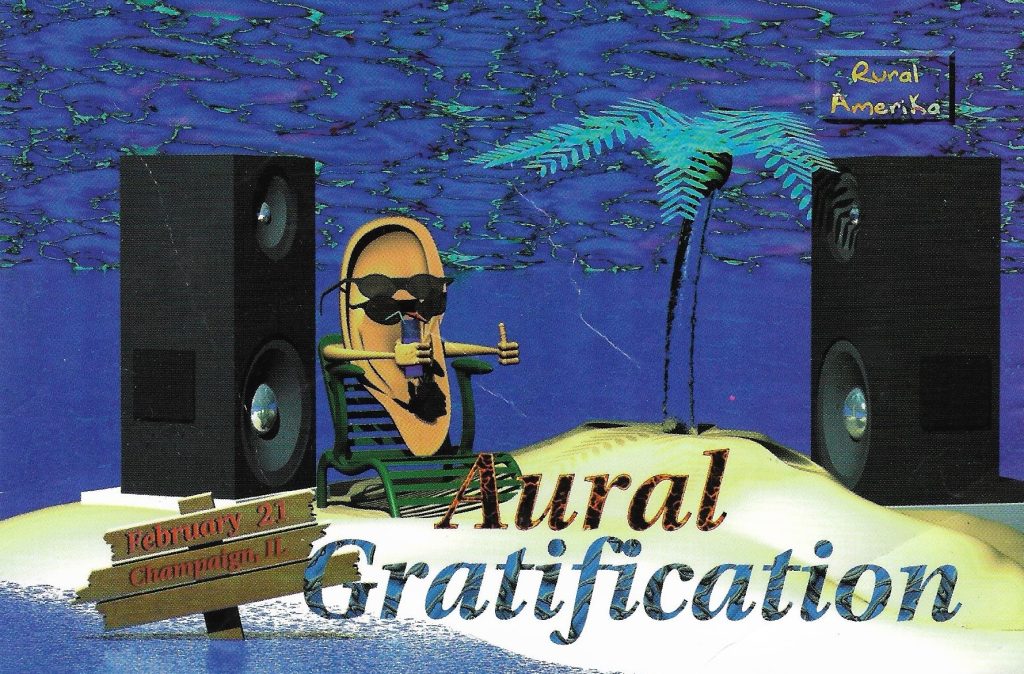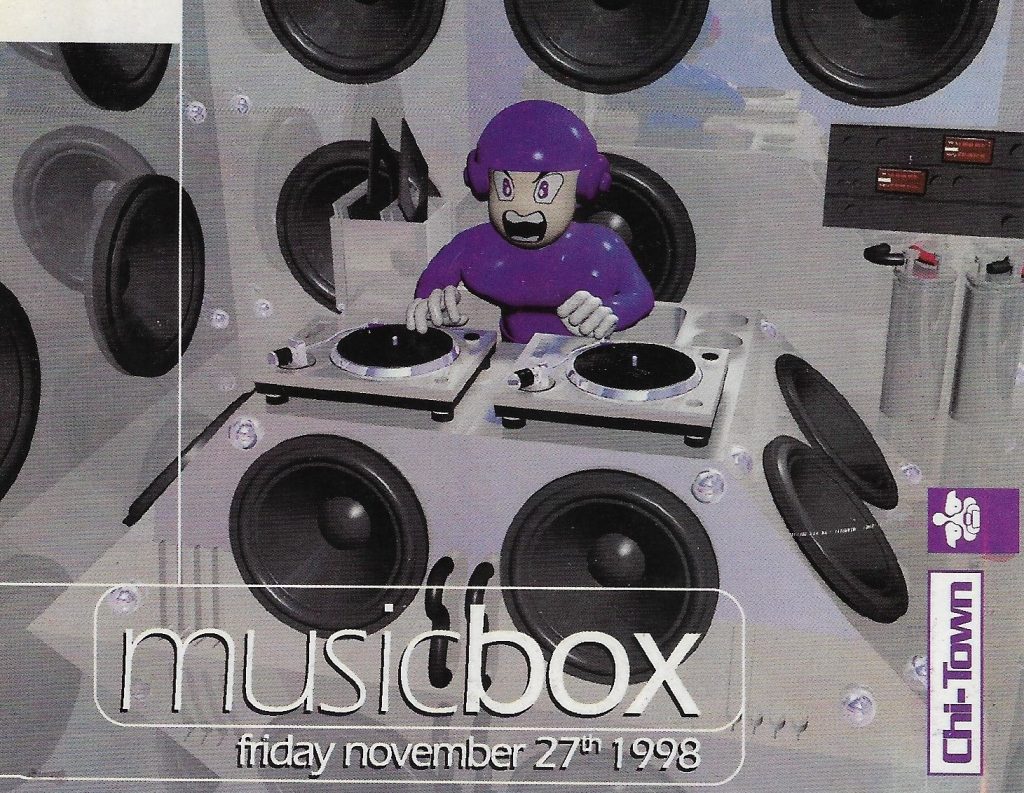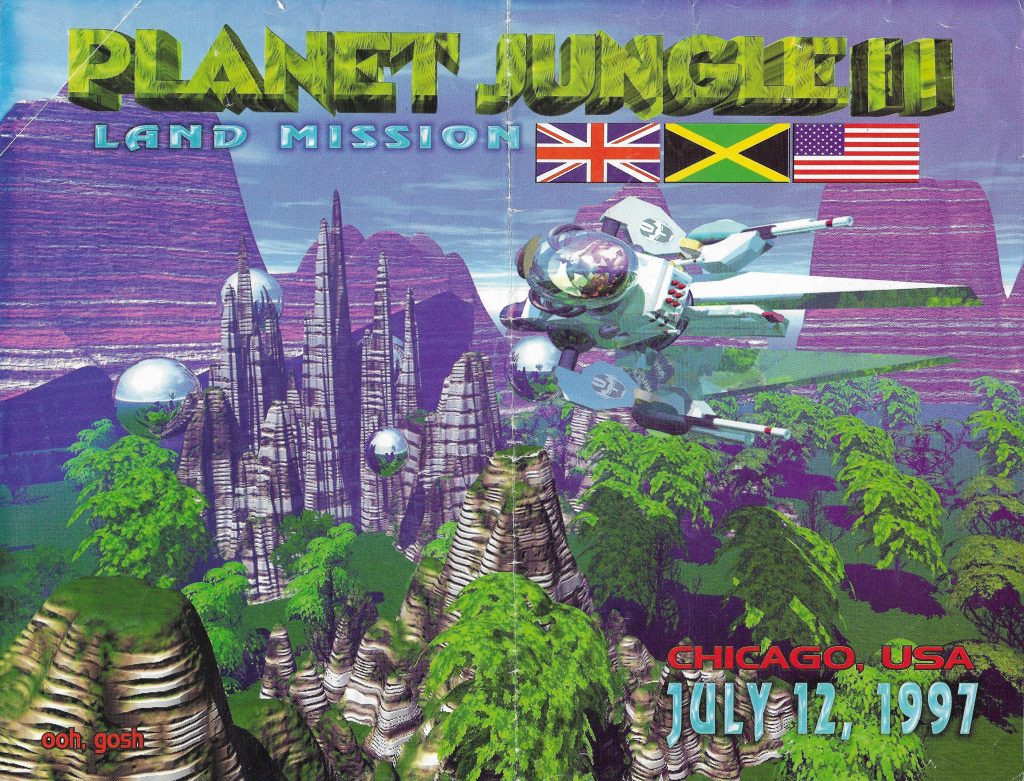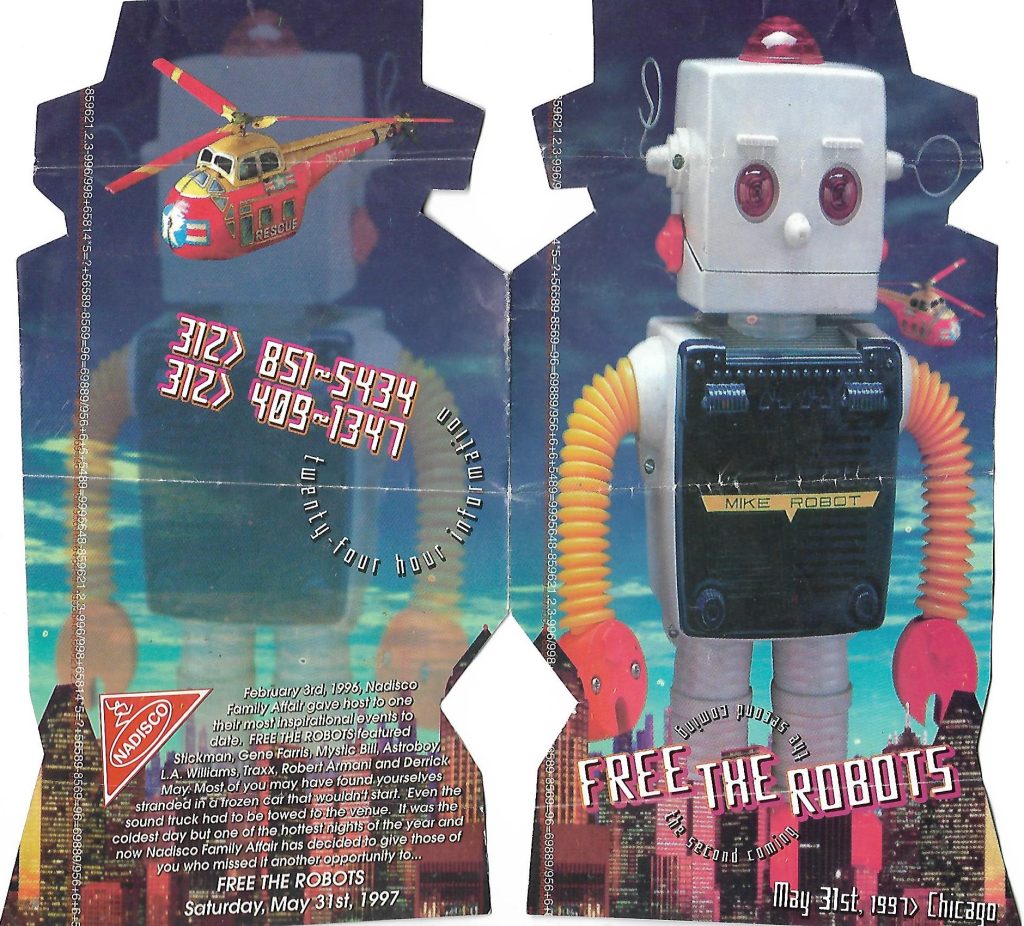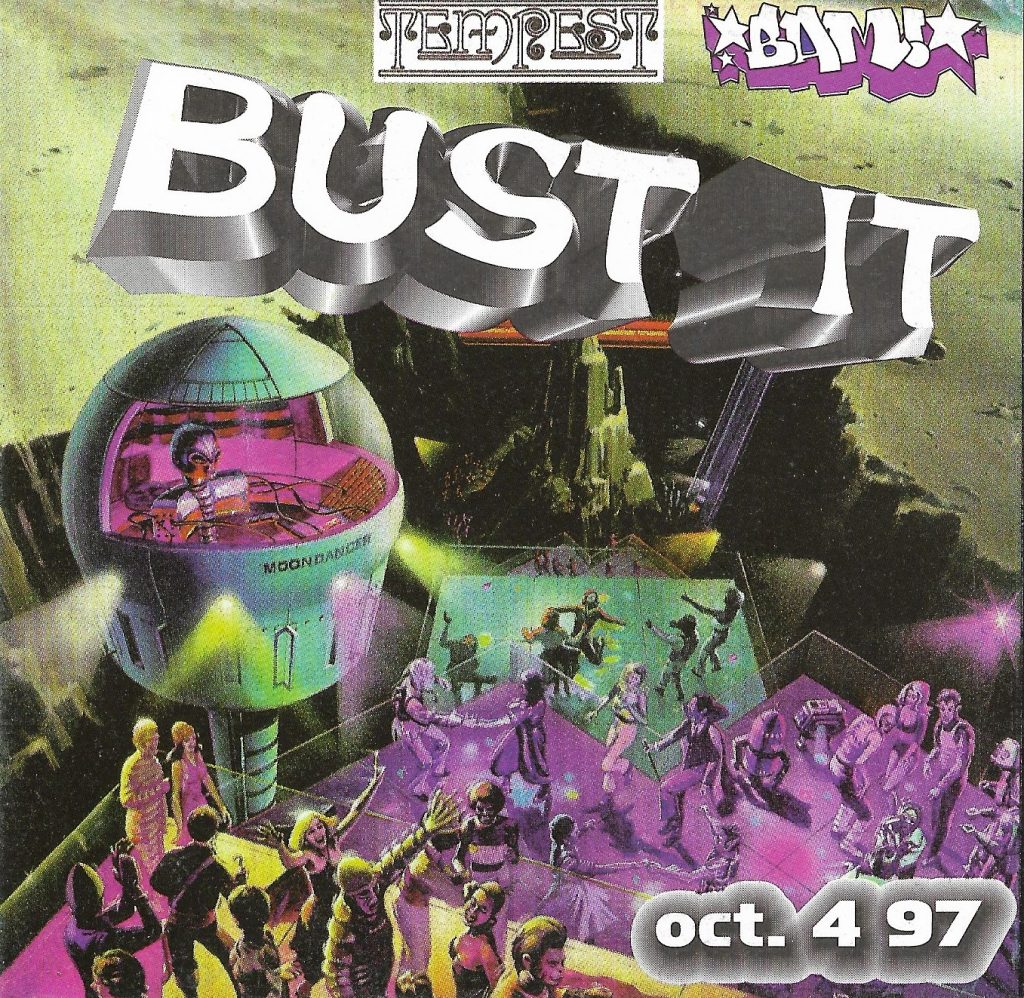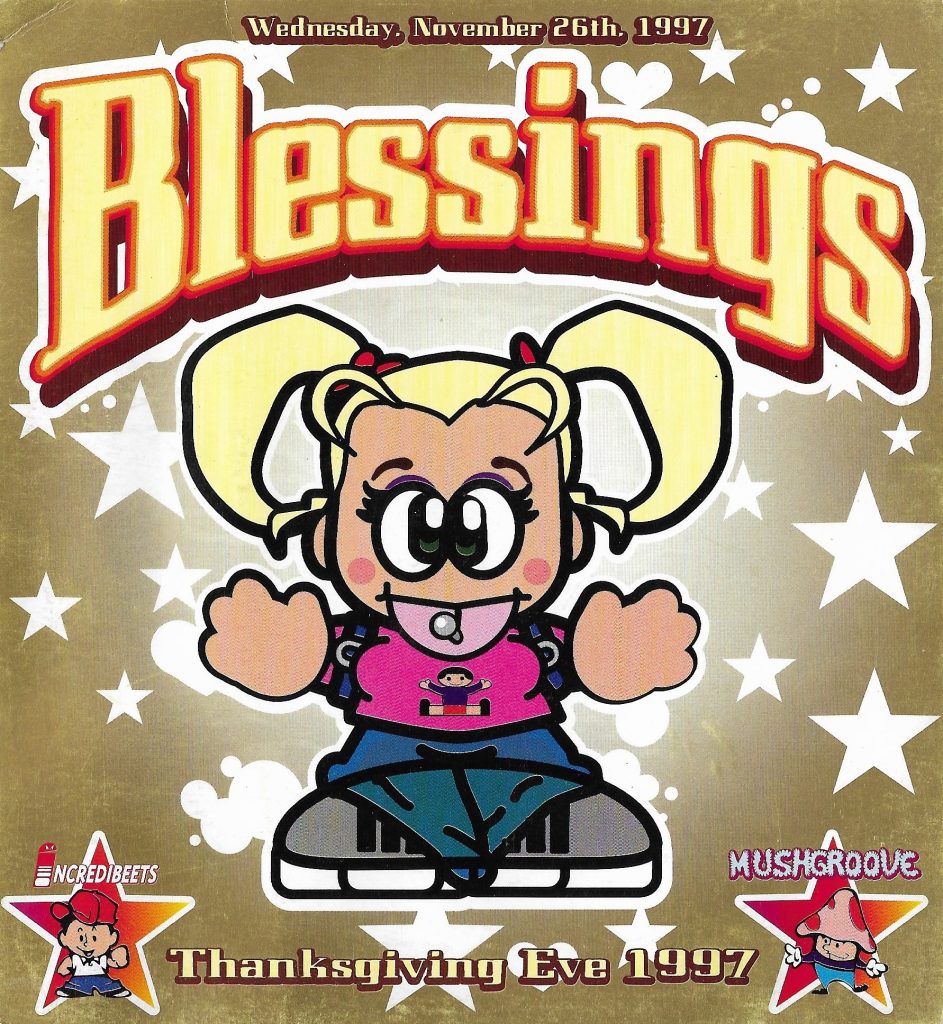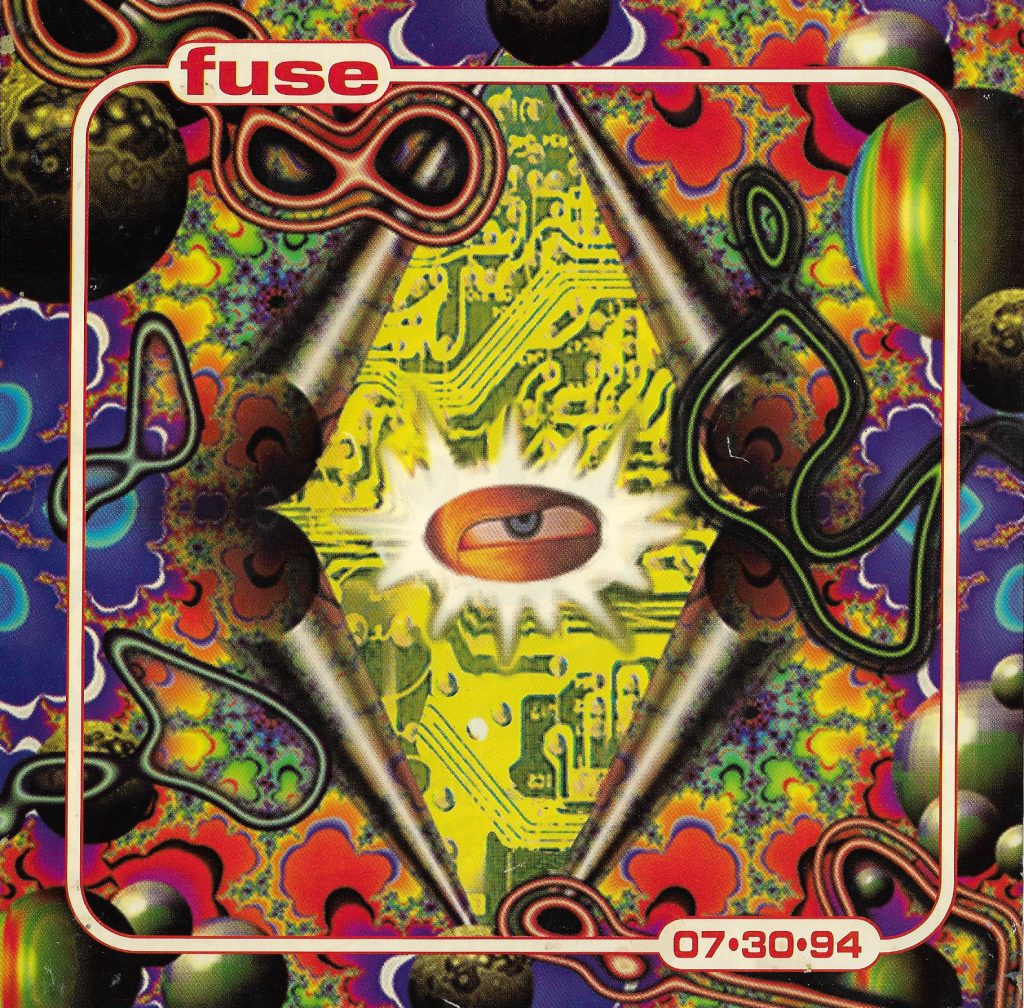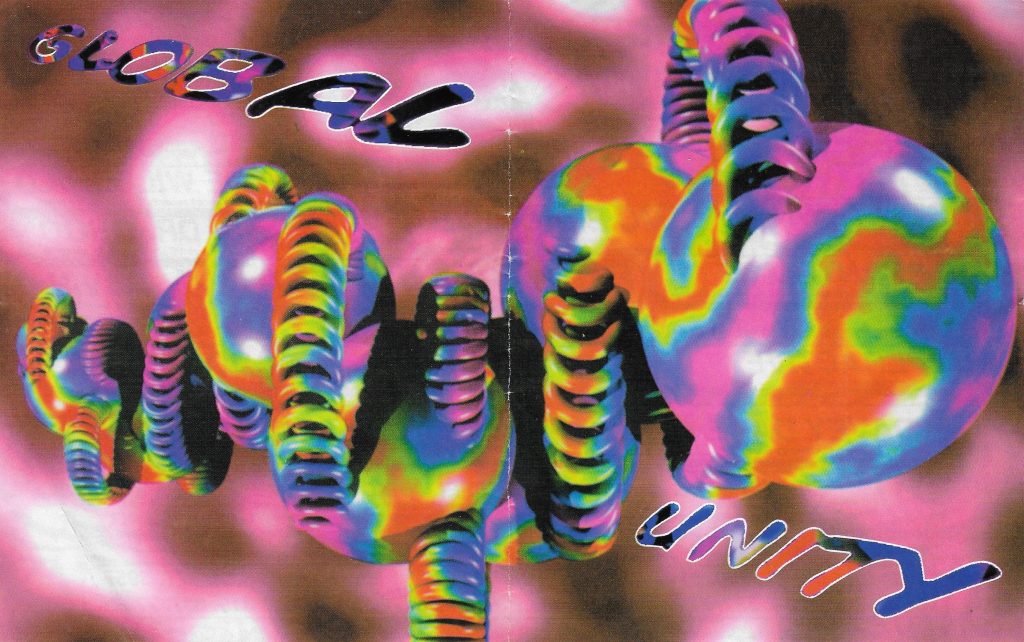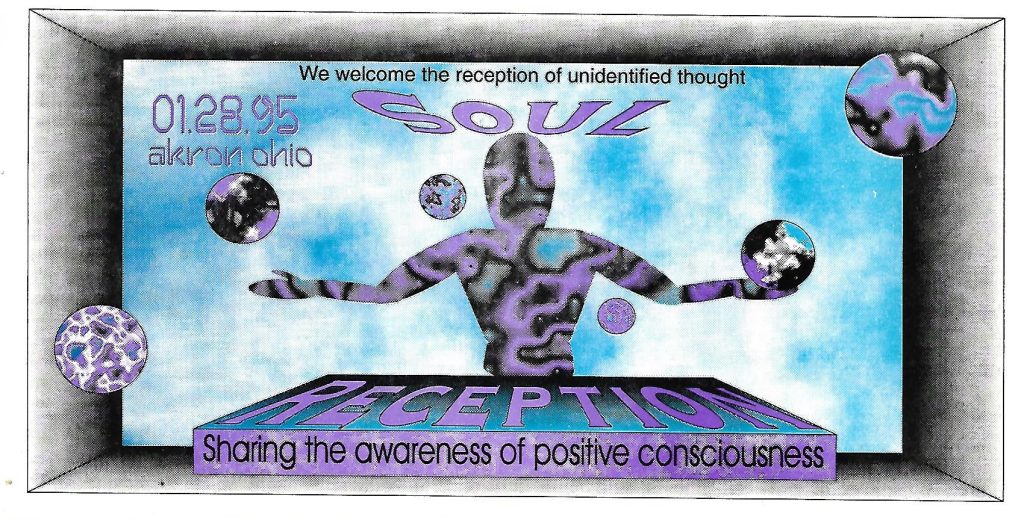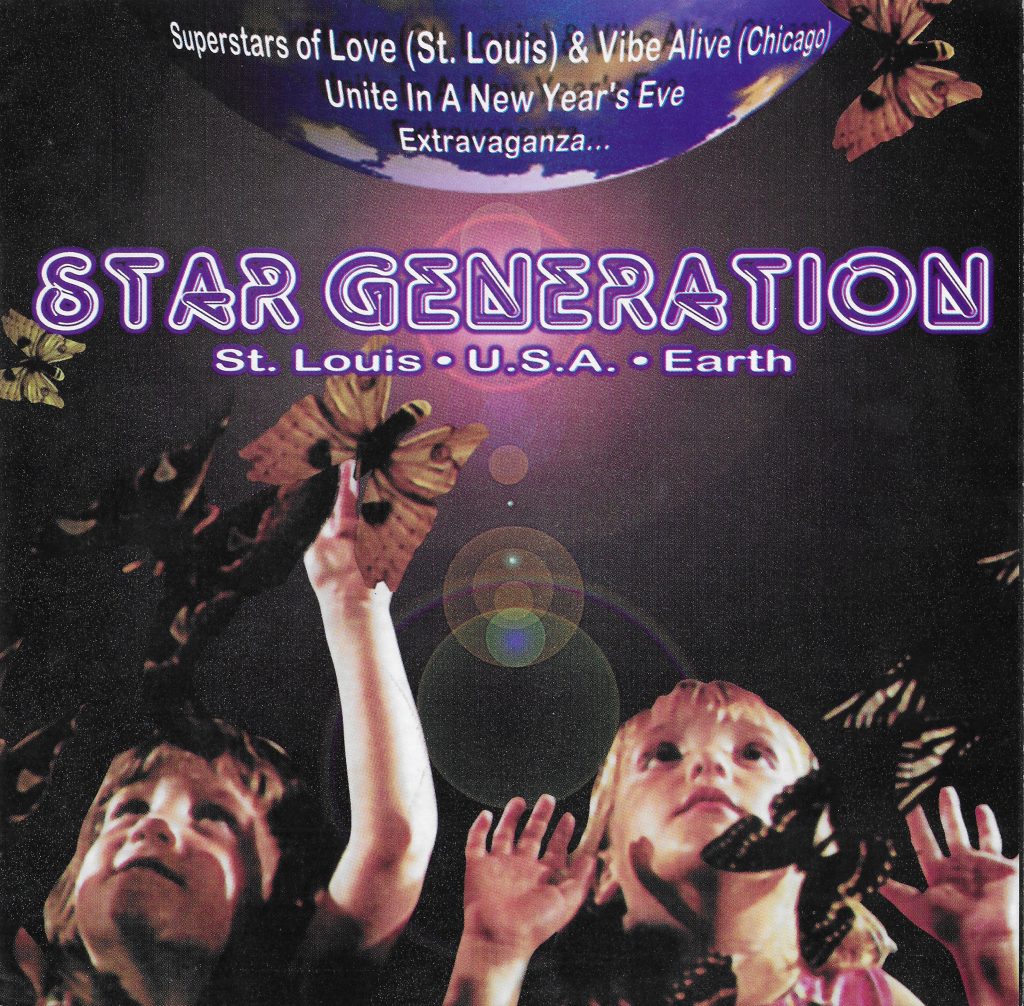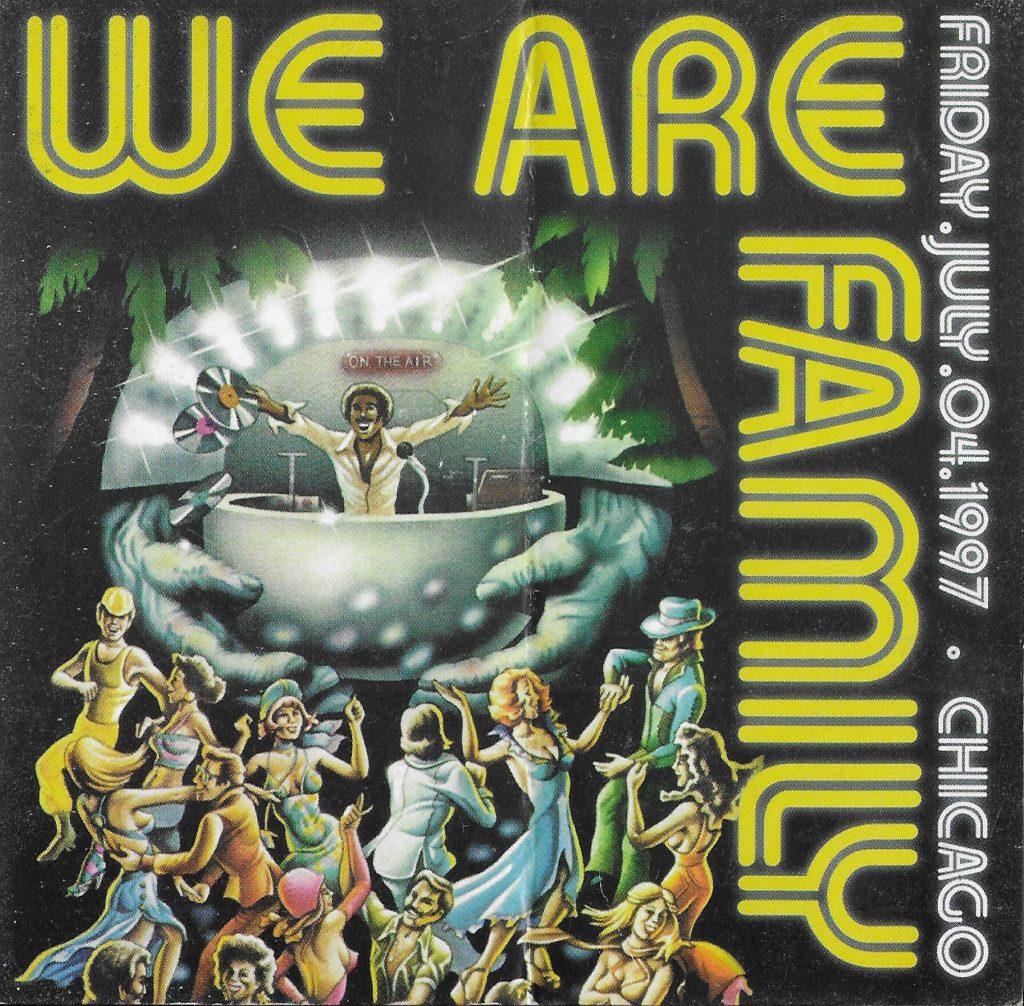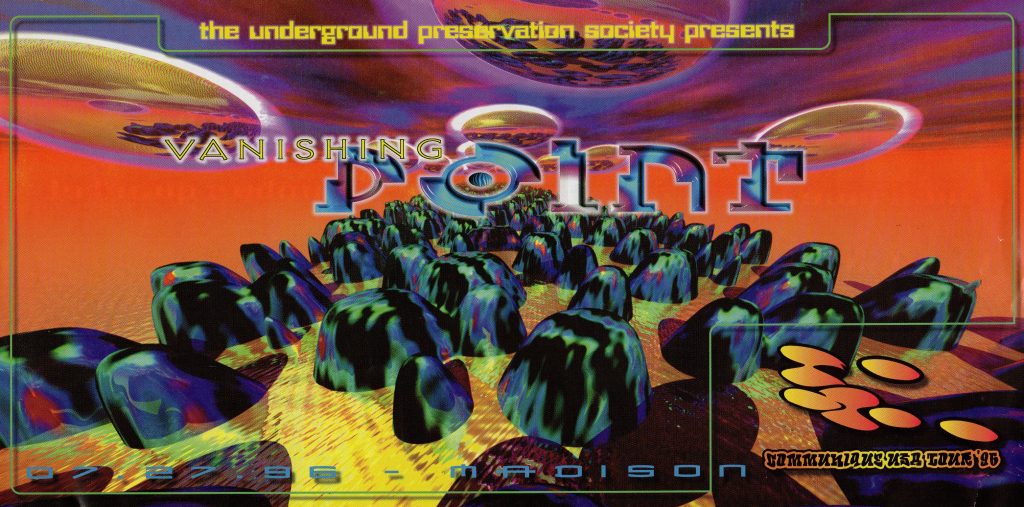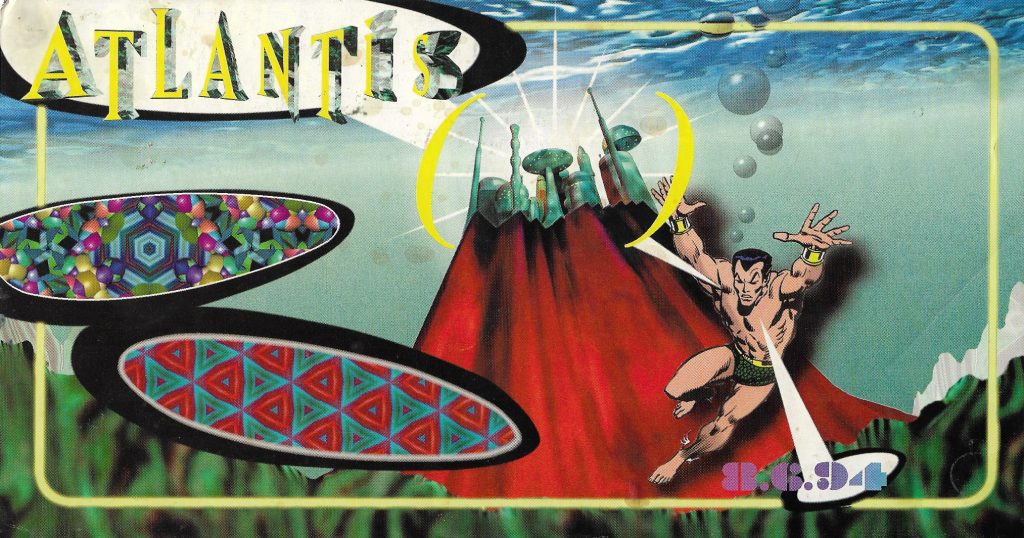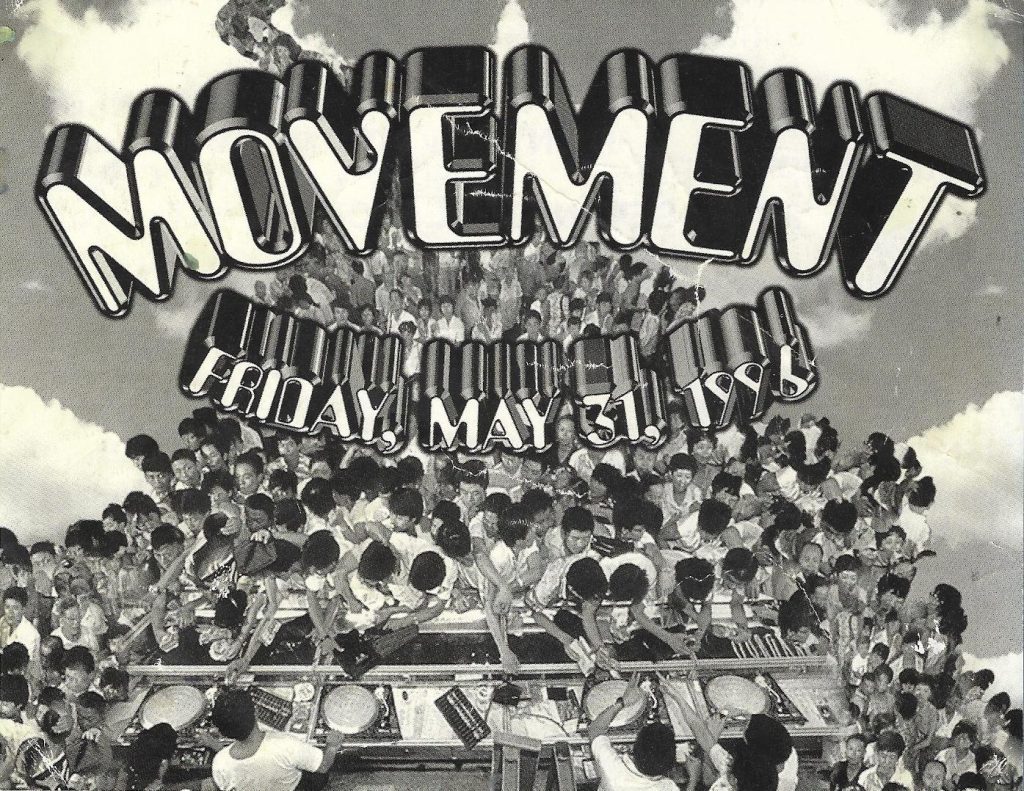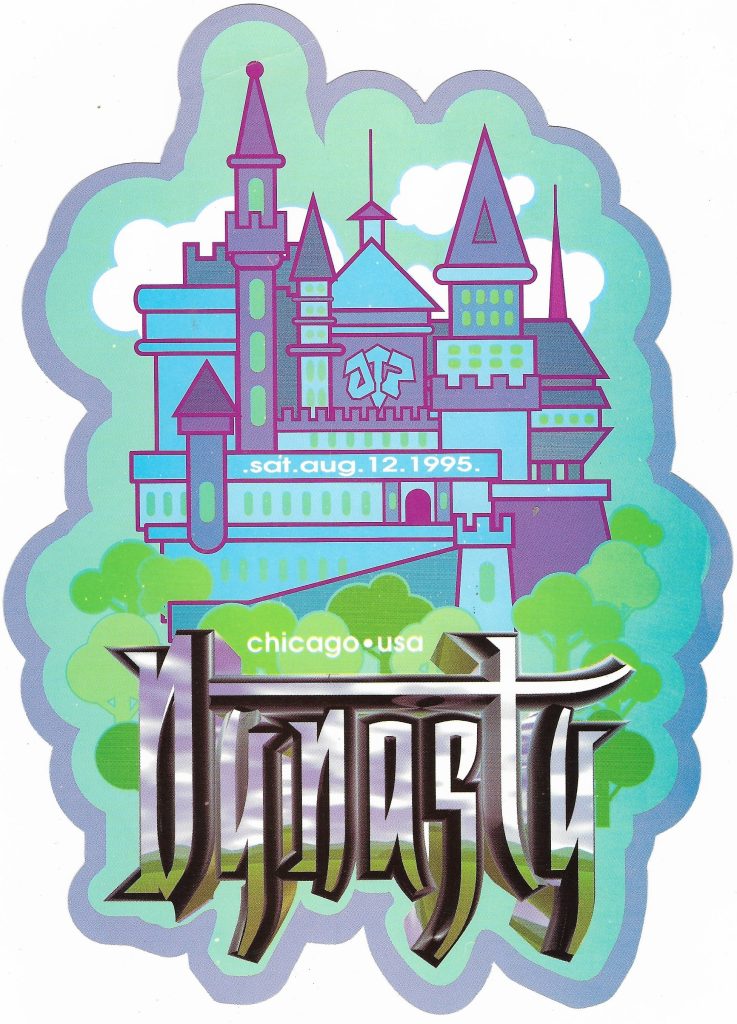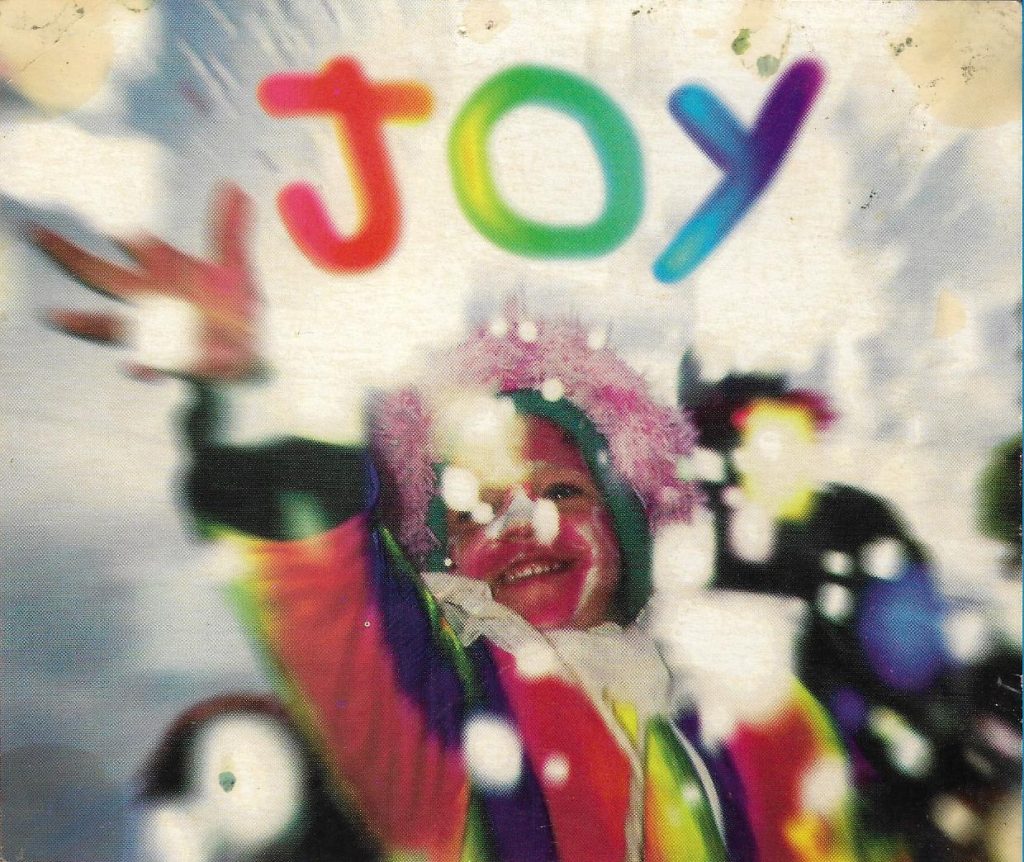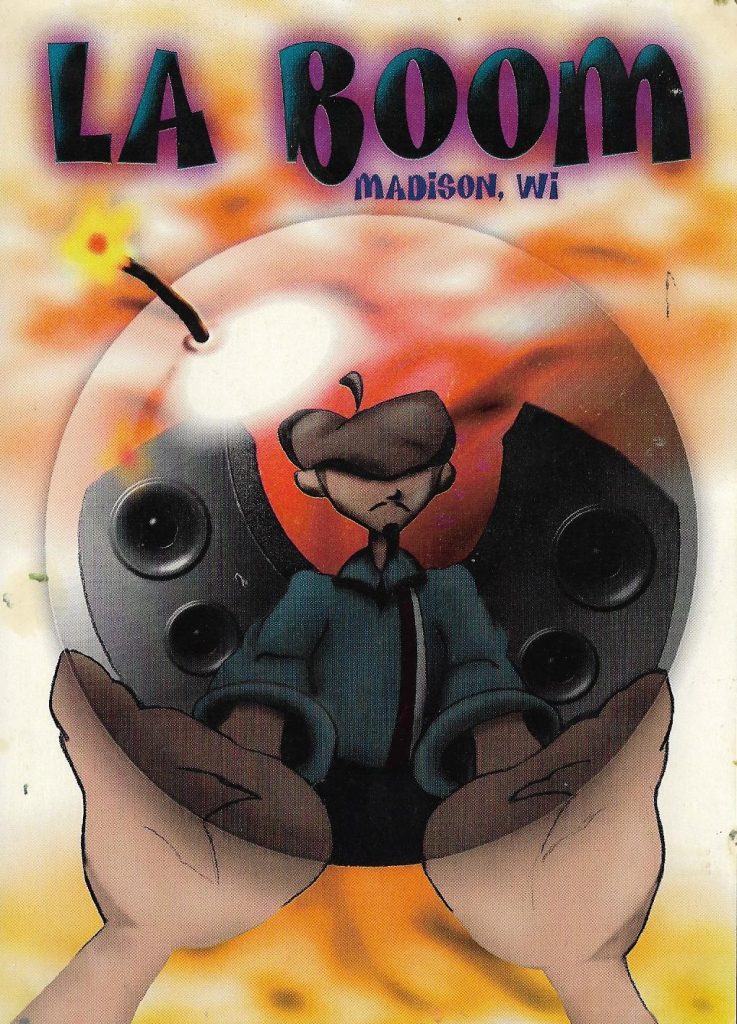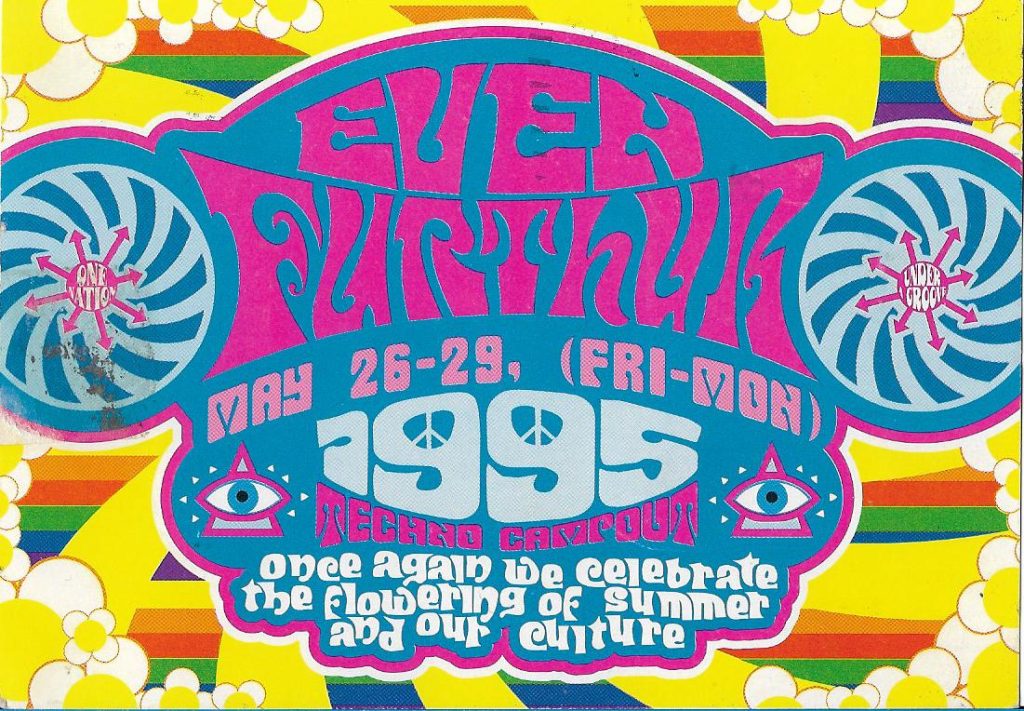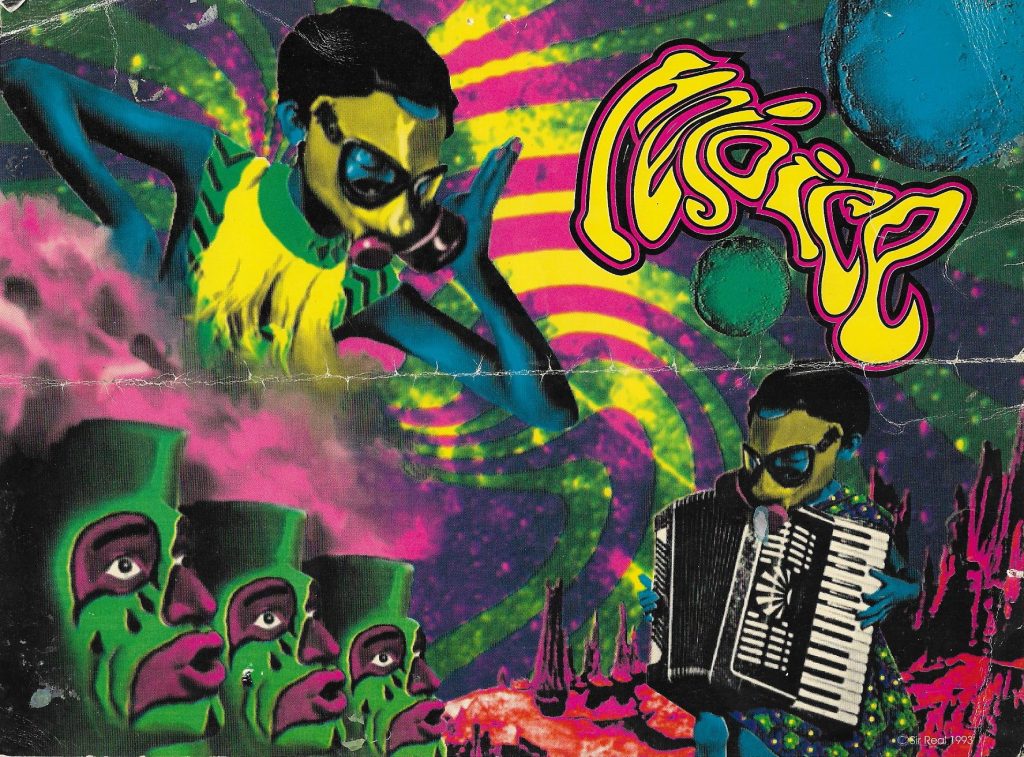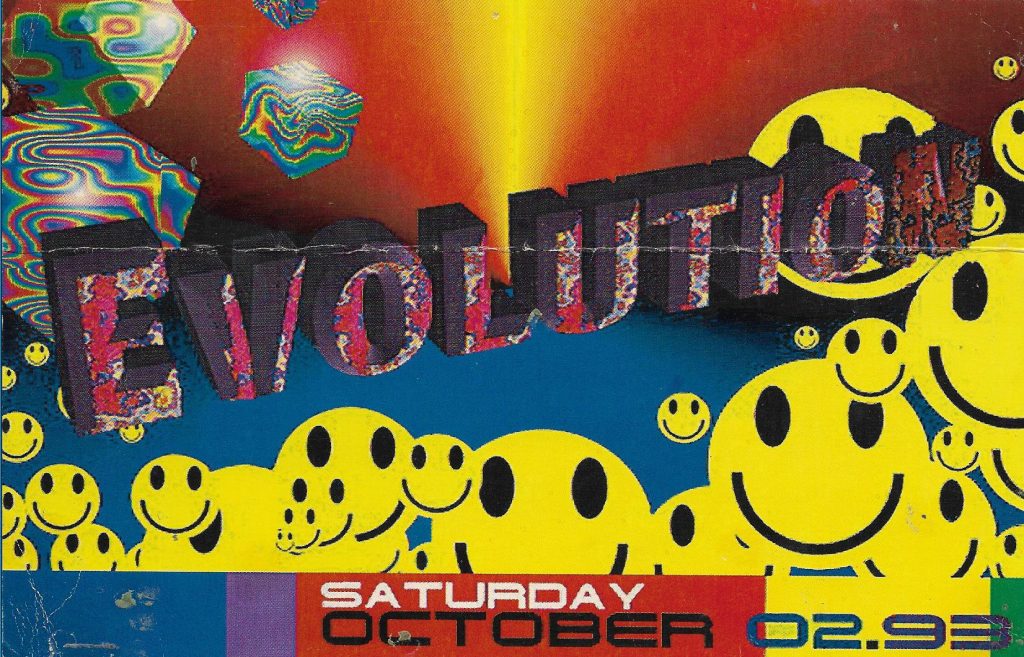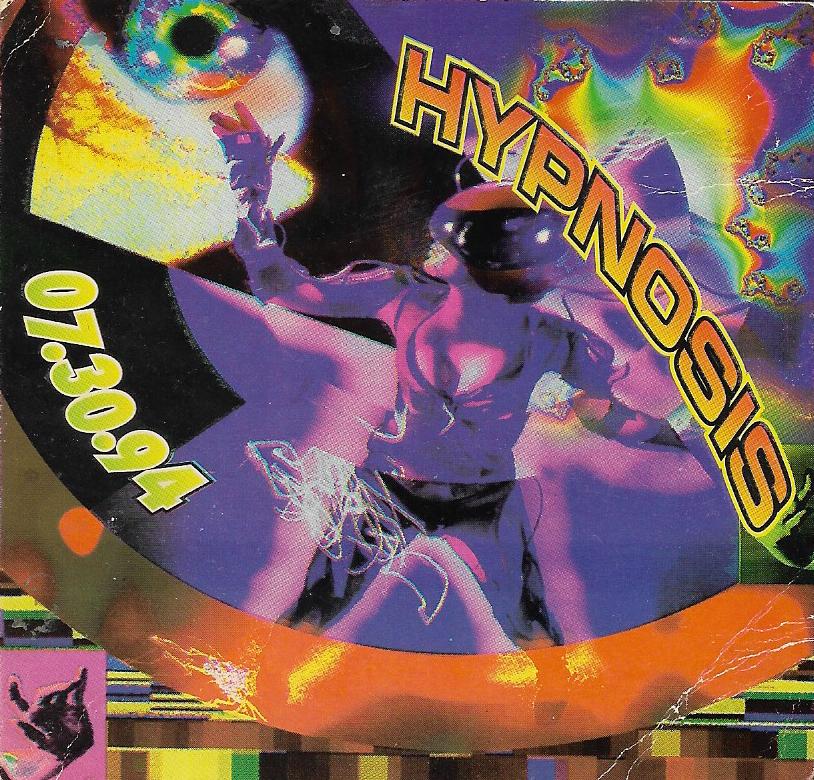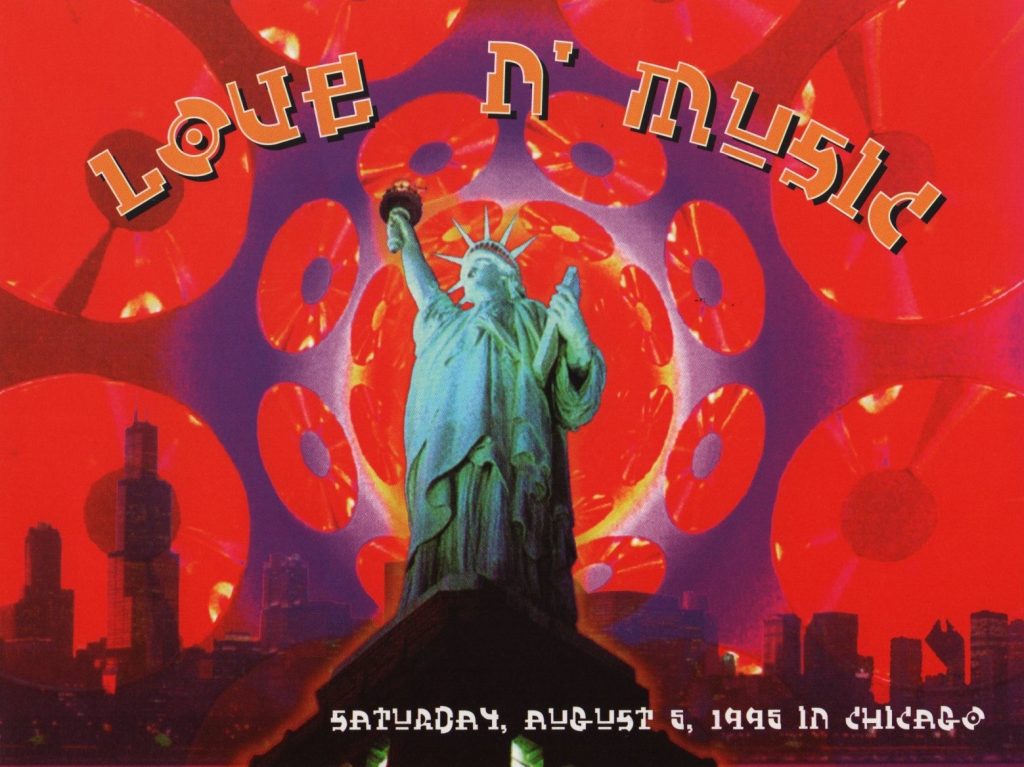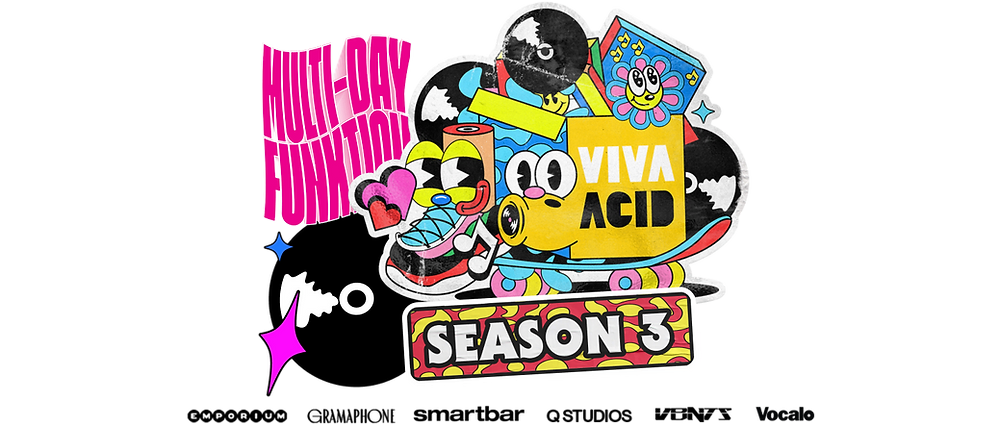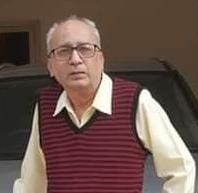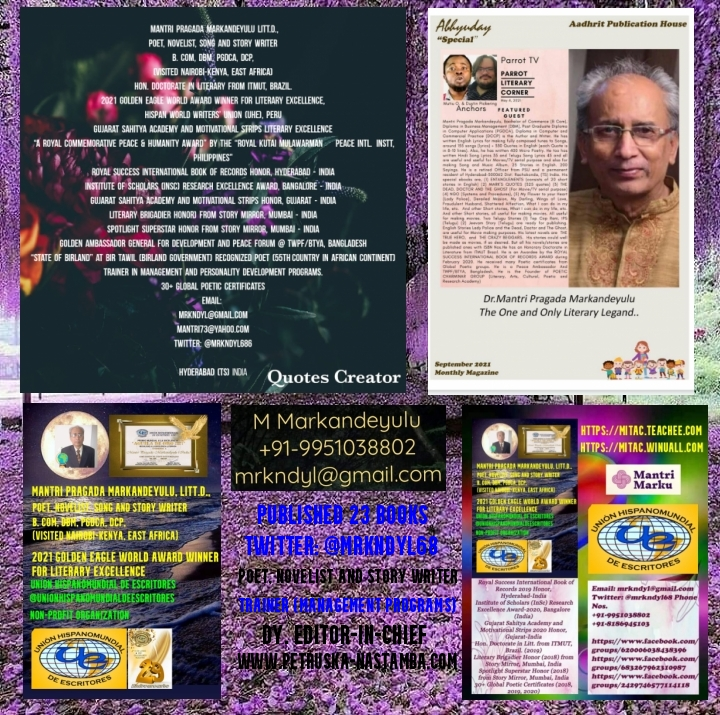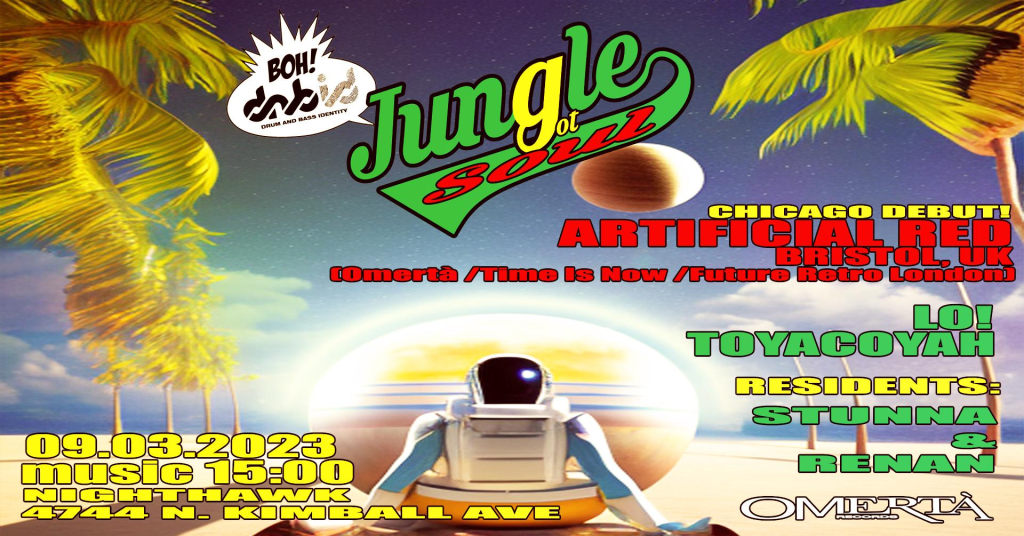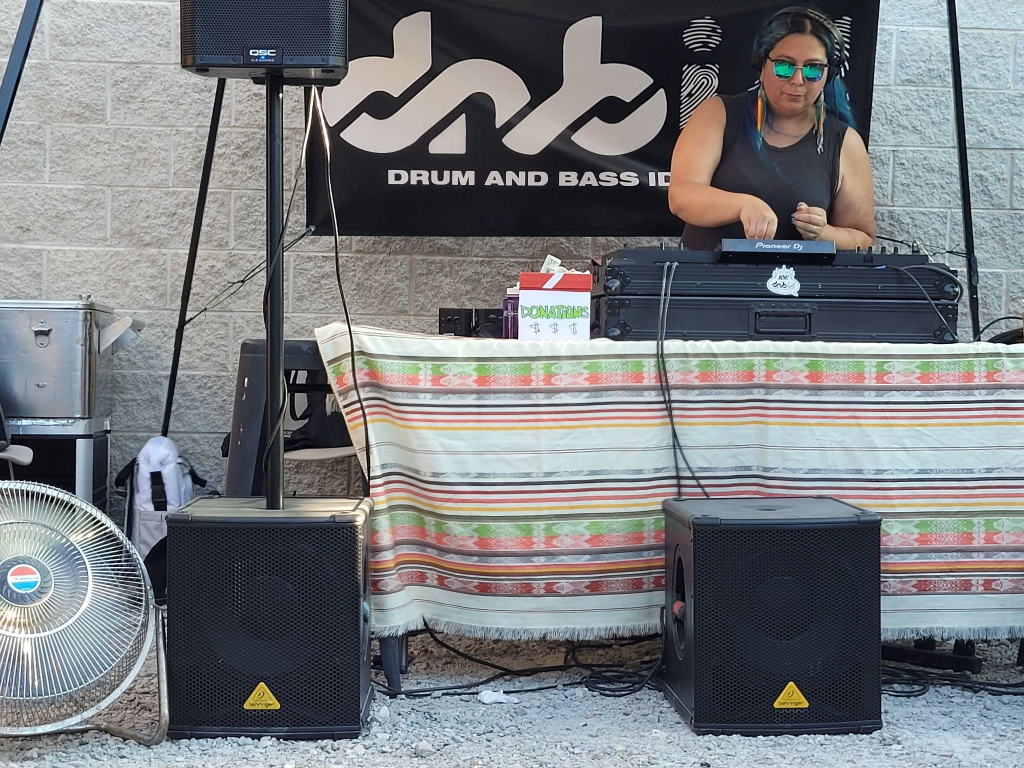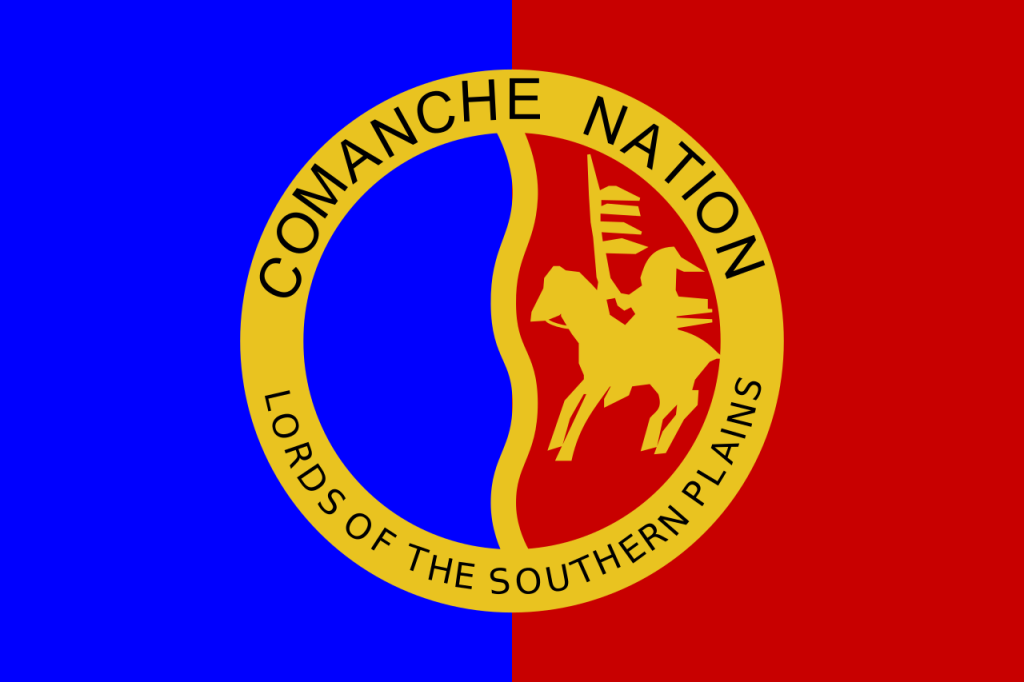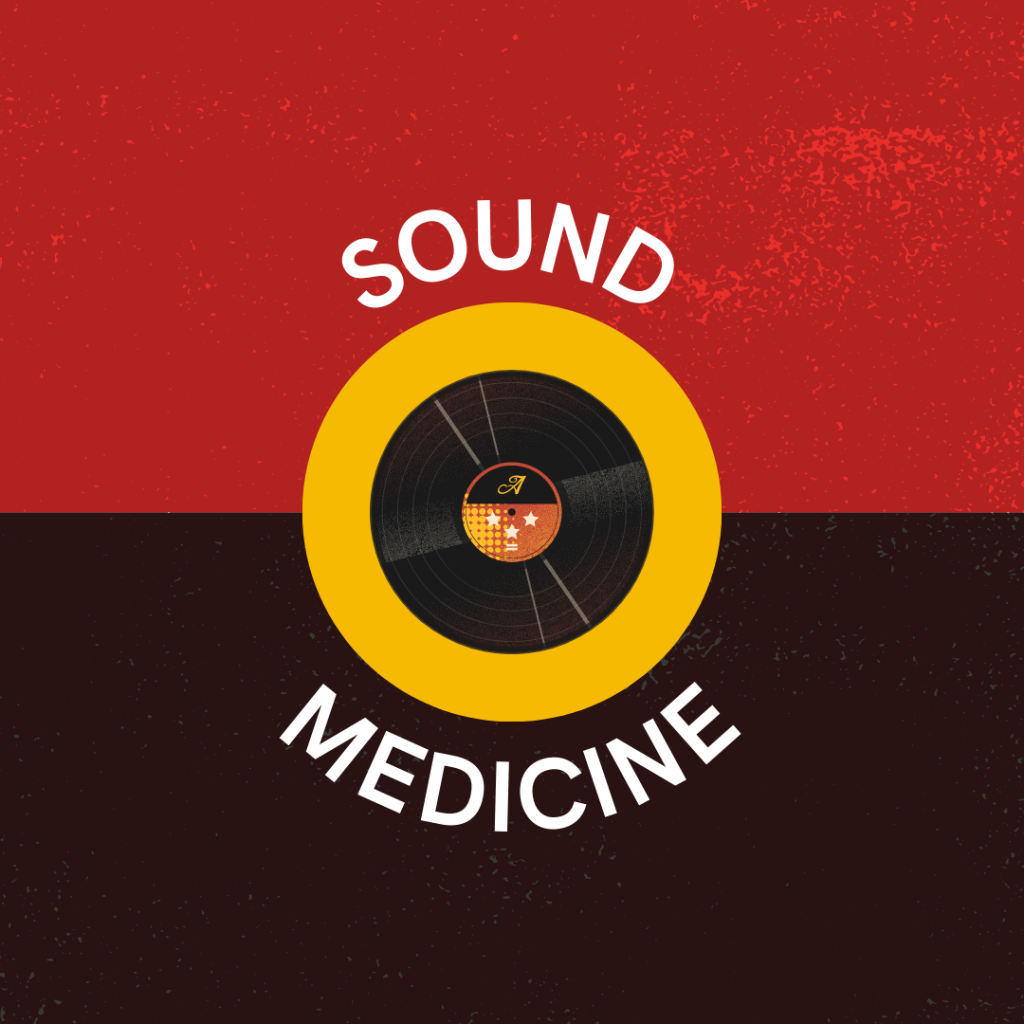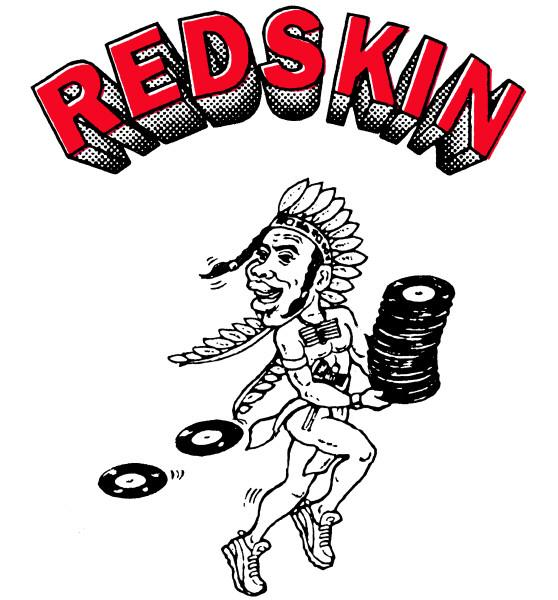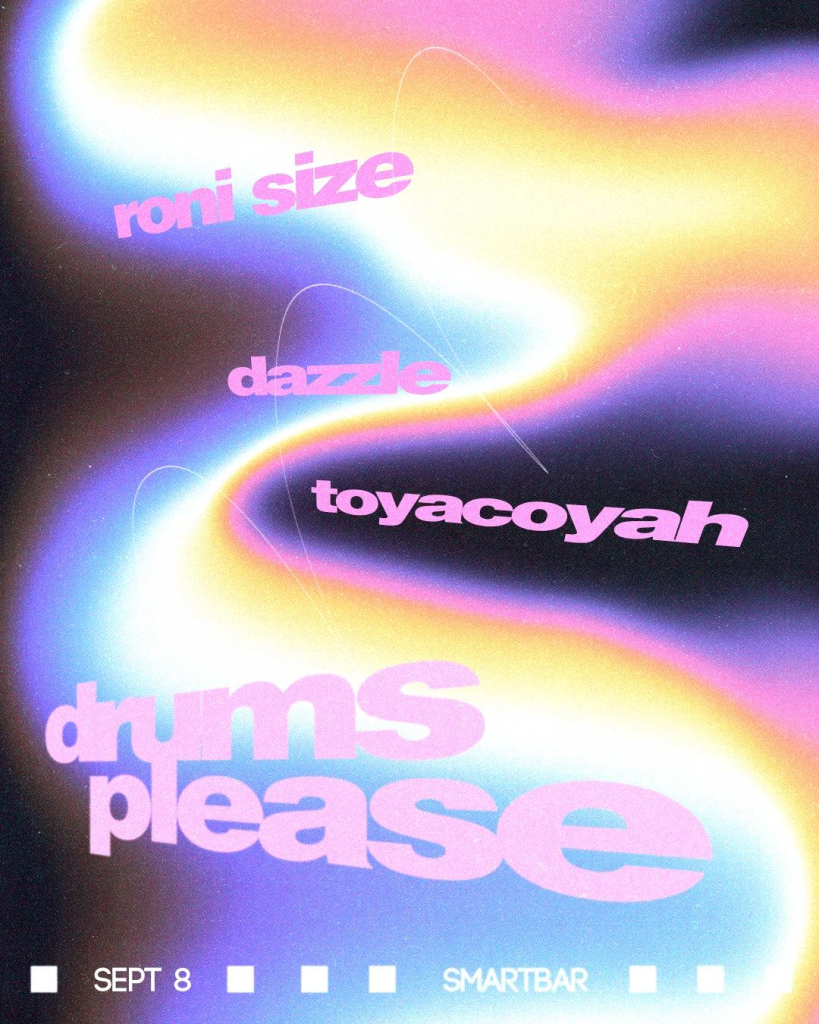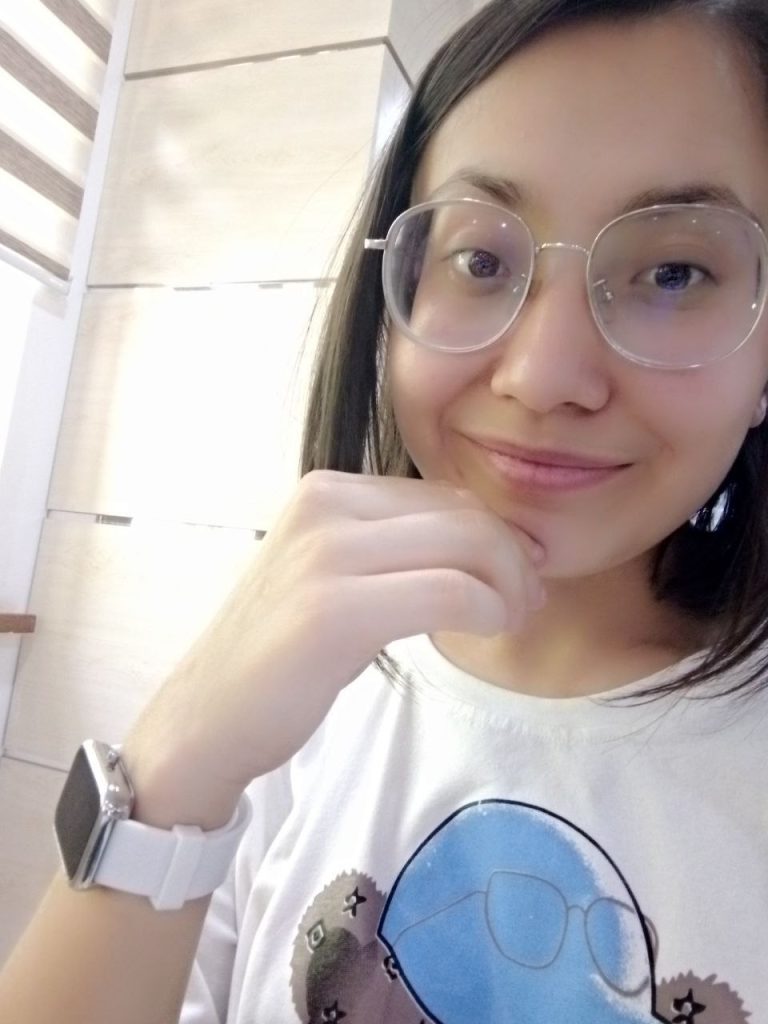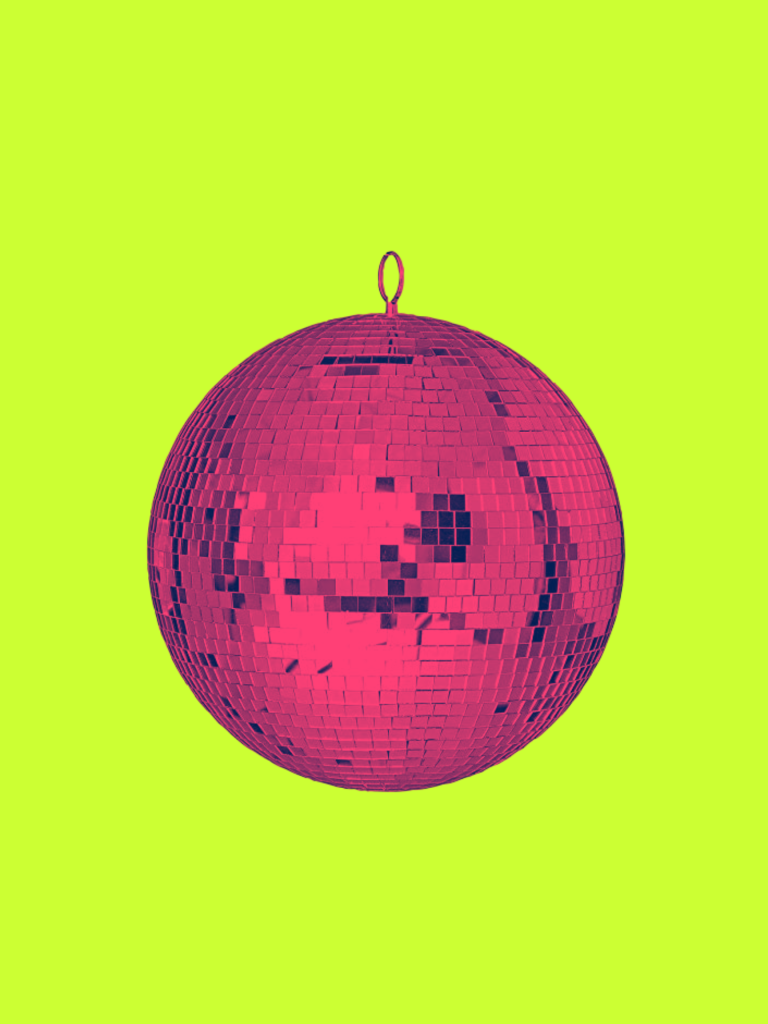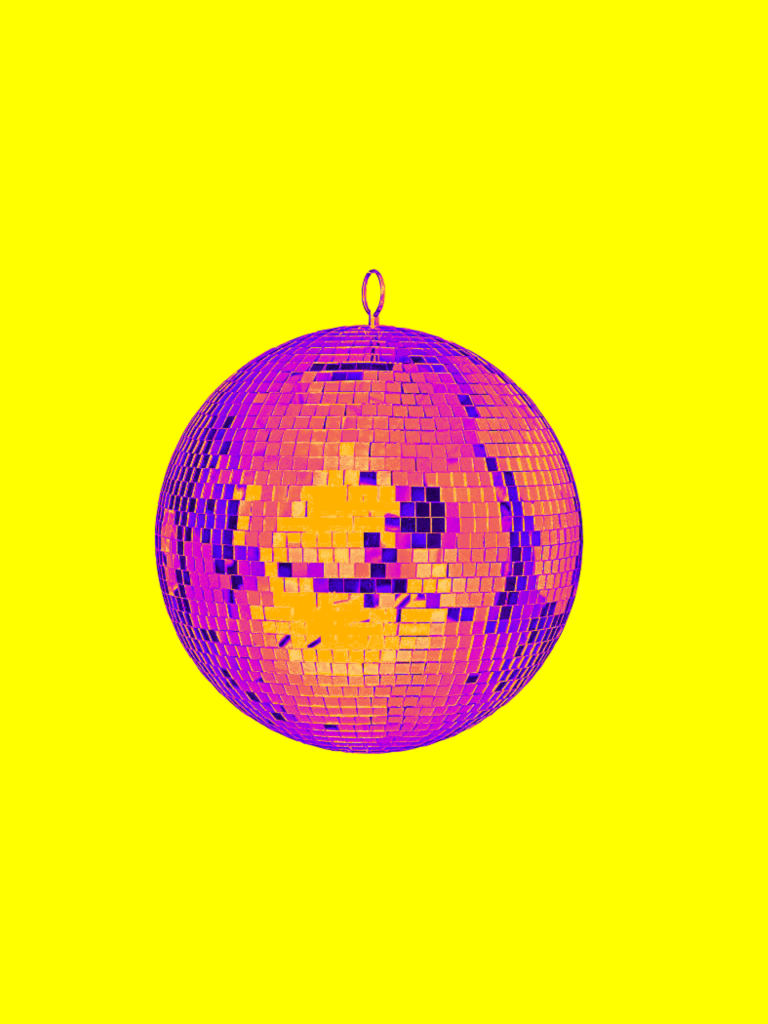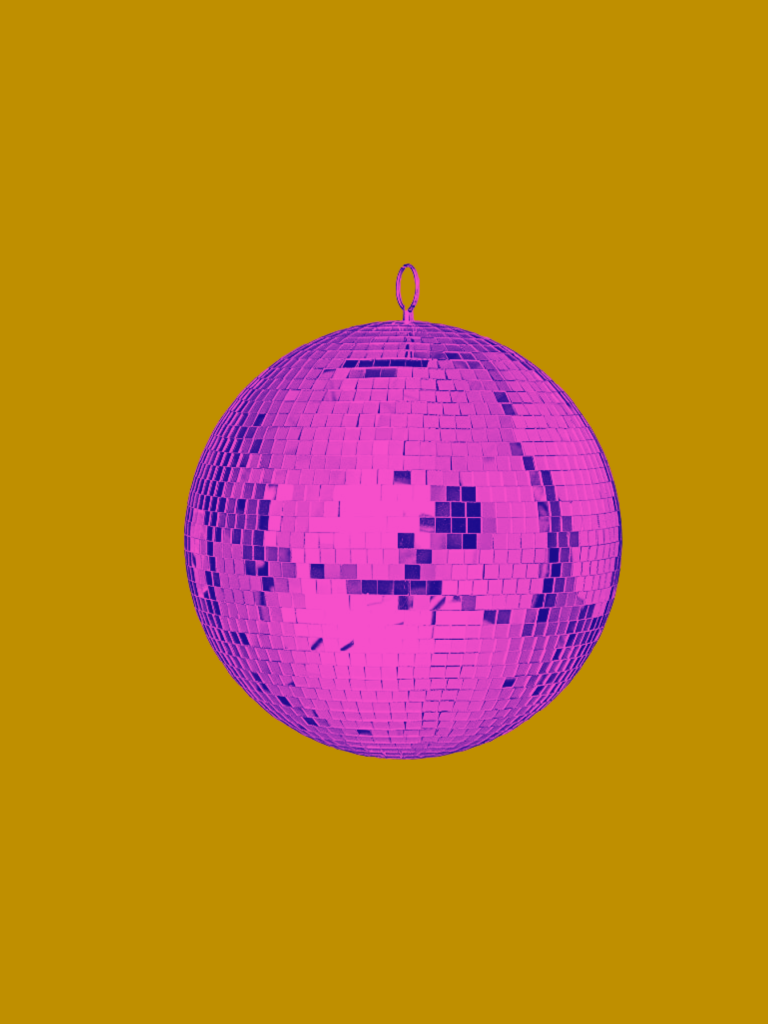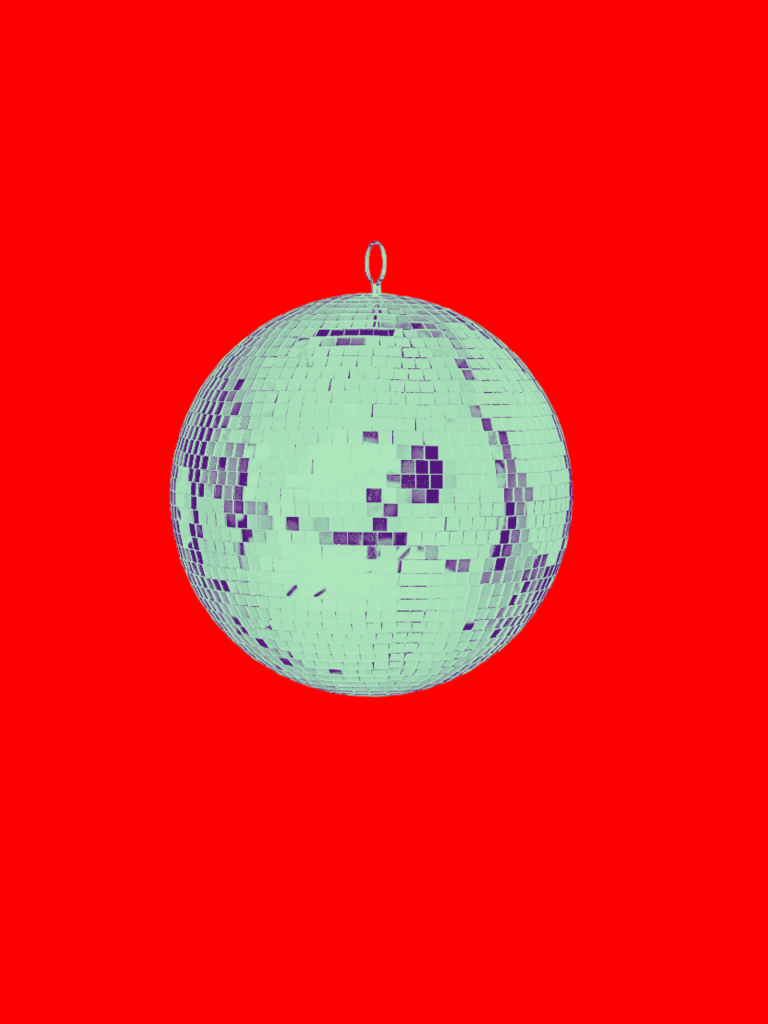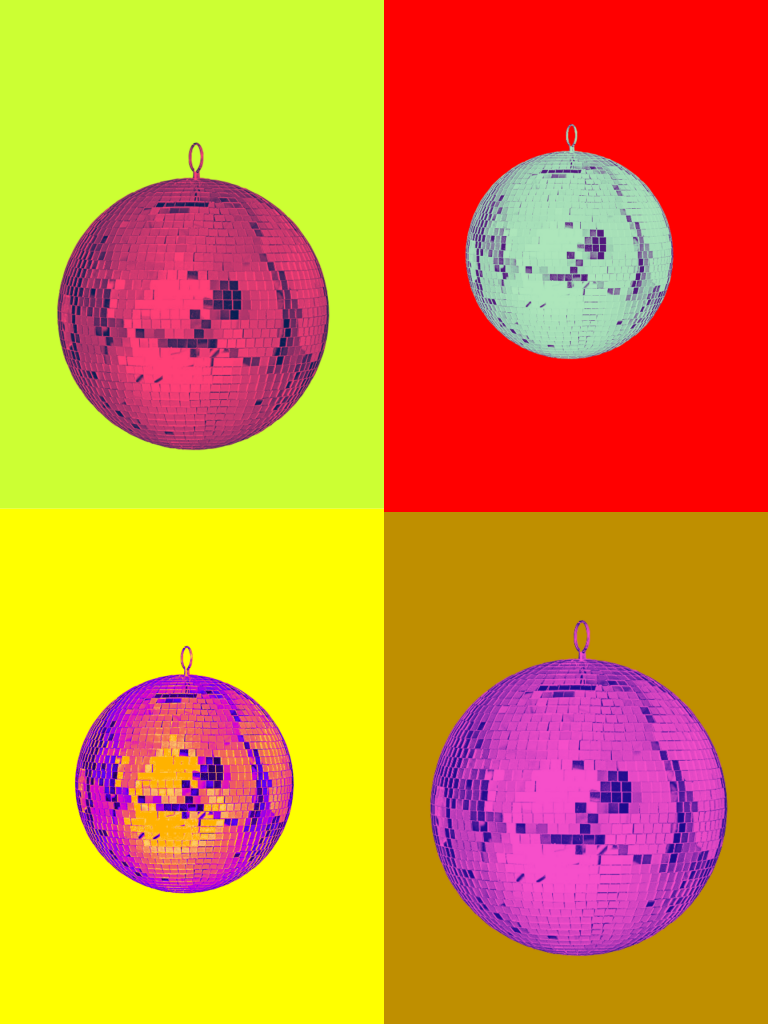On August 21, when the world prepared to witness the global event of the total solar eclipse, three friends, a brunette musicophile, the skateboarder dude and their retro observer, waited together on a brightly lit petrol station. When an incredulous series of supernatural events began to occur, the stranded telekinetic blonde shows up.
# The Eclipse Talker
— (2, 600 word count)
A skateboard rested on the ground, with a retro portable music player sat on top.
With a yellow mixtape cassette visible inside.
Unplayed.
A nostalgic ode to gated reverb of the 80’s that infiltrated music, films and TV in recent times, especially with Netflix’s #StrangerThings.
The screen glare shuffled between colours like a chameleon, as the musicophile brunette was distracted by her iPhone.
Either she switched between YouTube or Twitter.
Millions around the world came together to stare up at the sky to witness the global event of the first solar eclipse since 99 years in the history of US. Also marked the first such event in the smartphone and social media era in America.
A trending craze on twitter.
Any news on #Trump, was set on the Snooze button, metaphorically speaking, (but that button was indeed an update addition to the #Quartz app).
She wasn’t alone.
Two male friends were present with her.
The skateboarder dude with the Beats Wireless on-ear headphones on, currently absorbed by #Oxenfree—a supernatural teen thriller—on his iPhone, owned that skateboard.
And the observer, who shared a keen interest for the 80’s era and preferred to be more of a practical, how-stuff-works kind of individual, since he first put a set of Lego pieces together as a little child. Observation in order to understand anything, was essential.
The music player had belonged to him.
They were positioned in the centre of a brightly lit petrol station. The night pitch black, with the inclusion of tiny strobes of stars that twinkled in the darkness.
Herself and the skateboarder carried 3D-style eclipse glasses, whereas, their observer friend instead had prepared to witness the eclipse with an eclipse box. The old school way.
Experience a moment when just like the Denverites—Denver Public School students—who had a keen interest in the astronomical phenomenon took a guarded look at the sun in a partial, 88 percent eclipse in 1979. As a scientific classroom project. Saw the eclipse from the vantage point of the playground. Many youngsters made viewing boxes to watch the eclipse by projection.
A specific playlist on Spotify streamed through the Airpods. The brunette’s ears and brain synchronised the rhythm of the music. The cerebellum, mirror neurones stimulated in a trance. But as she read through tweets, the music phase out eventually.
Strangely, once the Spotify app was swiped away, she had been experiencing what can be termed as;
“Musical imagery repetition”
“Involuntary musical imagery”,
Or “**stuck song syndrome**”.
An earworm phenomenon, snippets of a catchy song inexplicably played like a broken record in your brain, even after it was no longer playing.
The brain had a strange way of doing this, either the vocals or the instrumental version of the song hummed in your thoughts.
In the virtual world of Oxenfree, Alex began the game on Edwards Island with her group of friends. Armed with a portable radio which when tuned caused her to communicate with mysterious spectres.
Just as her observer friend turned the dial back and forth in-game, the radio signals sinisterly turned to red with eerie sounds, about to unwittingly open a ghostly rift.
His iPhone switched off abruptly to a black screen.
His brows twitched as he blinked, startled.
Instant assumption, possibly his finger tapped against the on/off button on the side whilst he had been absorbed by the game’s atmospheric nature.
He tapped the button a few times.
The iPhone was unresponsive.
He heard in the distance his brunette friend announce, “My iPhone just switched off?…” Her voice almost faded away.
She tapped at the power button repeatedly, but the iPhone didn’t start up.
Like a power grid wiped out by a power surge.
Just as the following words left his lips and faded away, he spotted the small wheel of his skateboard bend and swell outwards, “Mine too…”
The port that held the cassette pushed outwards, ejected.
The dude’s eyes jumped at the sight of this and then back at the wheel, which didn’t snap off, but just fell away. The portable music player came crashing down. What held the wheel in place, as if, had melted.
The yellow mixtape cassette flew right out.
The brunette turned to the sound of the player fell to the ground. And spotted the skateboarder kneeled to attend to this strange occurrence.
Her brows squeezed as she carefully watched and registered that the wheel of the skateboard had broken off. But she didn’t consider it of great importance and retried to start up her iPhone.
Again, unresponsive.
In the era of smartphones and social media, when your WiFi lost connection, or in this case, your iPhone stopped functioning, the retro portable music player and a mixtape seemed convenient.
The music would keep the party going.
The skateboarder lifted the player off the ground and sat it, as he held the broken wheel in his other hand, inserted the cassette back into the player’s port, and gently pushed the lid back closed.
The observer, who had the eclipse box over his head and peeked through it like it were a telescope, had eventually registered something about the brunette’s iPhone. Before he could react, he heard a crackling sound, his sight began to shrink. As he removed the box from over his head, held it in his hands, he watched as it began to crease and squeeze inwards like a turtle crawling back into its shell.
In the similar way when #Eleven in Stranger Things crushed a Coke can with her telekinetic powers.
He called out to them quickly.
Both the brunette and the skateboarder interrupted, instantly turned towards him, with caution.
Before words, which had materialised in their thoughts and ready to roll off their tongue, dissipated in an instant.
Bulged set of eyes watched with incredulous, and registered the eclipse box crush like paper being squeezed inside a fist.
The brunette removed the wireless Airpods out of her ears slowly.
Once it had been crushed, they stood with temporary paralysis. Their skin was cold and numb, but they felt nothing. Their mind had been diverted away, towards the crushed eclipse box. Curiosity, trepidation and disbelief flashed in their wide and alerted eyes.
Out of involuntary curiosity, the brunette raised her eclipse glasses and saw that the lens of them had melted away.
She managed to speak as she formed one word after the next.
“What is going on here?…”
She turned first towards the skateboarder and then towards the observer, their eyes twinkled in bafflement also as they stood speechless.
Her head steered as she set her eyes on the crushed eclipse box.
Abruptly, they were interrupted as their hearts jumped with a pang just as the cassette in the player, began to play.
The lights of fluorescence that kept the petrol station well lit, changed to a purple colour light tinge just as the cassette stopped playing.
They instantly registered this, and had now, grown extremely cautious.
The Lego Star Wars Millennium Falcon which they had put together for days leading up to this day and hours of the afternoon had completed it whilst waiting for the eclipse to make an appearance, took flight silently.
Began to levitate.
The observer with the crushed eclipse box had noticed this from the corner of his eye and slowly turned towards it.
He snapped his fingers and caught their attention.
The brunette and the skateboarder witnessed the Legos Falcon afloat in the air.
And then stared with incredulous eyes as each Lego piece drifted away, space apart, disassembled by invisible ghost fingers.
Unfolded.
In such a surreal way.
Suspended in thin air like strobes of stars in microgravity.
Only for a few seconds and then the pieces came crashing down onto the ground, all at once.
Lost levitation.
As if recalibrated with Earth’s gravitational field.
The skateboarder’s Beats headphones flew right off his head with such force it seemed like a tornado wind had slapped them off.
He caught them by involuntary reflex.
Before they could react in accordance, his skateboard, still missing a wheel, began to roll gently in front of them like a helium balloon floating away. They watched as it reached the feet of an eerily startling young female—who wore an olive green jacket and possibly a face mask with blonde hair—who’s back had been facing towards them as she stood at a standing distance in front of them.
She seemed either absent-minded or just unaware of the skateboard that stopped nearby her as if possessed by an invisible force.
Possible signs of poltergeist activity.
Their sights shuffled between each other like deciding a convenient playlist to match your current mood. In this case, how to comprehend this unexpected situation.
Such eerie occurrences.
And her sudden appearance.
The recollection of what had occurred moments before them had dissipated away like clouds of smoke.
Their focus turned to the existence of the telekinetic blonde, seemed her attention had been distracted whilst she stared at the sky.
Her head raised up like a receiving antenna.
But the skateboarder seemed hesitant to walk over and grab his skateboard off the ground, especially, in her questionable proximity.
Something about her left him feeling unsettled.
The brunette’s eyes flashed with uncertainty, her sight softly rolled towards him.
Scrutinising him.
She sensed his hesitation in an instant.
Especially at the sight of the telekinetic blonde.
But both her and him were interrupted as they caught from the corner of their eyes, the observer who’s eclipse box had been crushed, reach down to the ground.
They turned towards him with caution.
He grabbed a single Lego piece of his pulled apart millennium falcon, rose to his feet, held it between his thumb and index finger. Possibly studying how this could have been possible.
Then out of the ordinary, pulled his hand back like the Lego piece was a bow and then threw it at the telekinetic blonde like an arrow.
The piece tapped against her back.
And fell to the ground.
The brunette’s eyes grew to a bulge, with incredulous.
The skateboarder threw a hesitant but hostile stare at him.
She remained unresponsive, like their iPhone.
Cautious footsteps dragged them towards her as if she were a magnet. As they drew closer towards her the skateboard which was in their path, levitated off the ground vertically, in the similar way when you flipped one side of the skateboard to catch the board by the nose.
Incredulously, the skateboarder reached out his hand and grabbed the nose.
Only until he grabbed the nose that he felt it’s weight, something had supernaturally, released it into his hand.
When the 3 of them returned their attention to the telekinetic blonde, unexpectedly she turned towards them. Sensed, their presence close by like an alerted predator in a forest.
They paused, flinching.
Her face had been cloaked by a Hilary Clinton face mask, which would have been quite convenient had it been Hallowe’en. In the wake of the Trump election that even stirred a paranoid nightmare in the opening season American Horror Story #Cult, and Trump face masks became strangely, quite popular.
She seemed a supporter of the former presidential candidate.
But their stomach churned when reminded of the movie #ThePurge when disguised intruders went on brutal killing sprees. All crime was ignored for a 12-hour time period. Legalised for one night.
What if she was one of them?…
The way in which she turned towards them also conjured up the image of John Carpenter’s masked killer Michael Myers. And Leatherface, attacked Erin and Pepper wearing Kemper’s face, in The Texas Chainsaw Massacre remake.
Her hands were evidently, empty of any kind of weapon.
Seconds later, the Hillary mask just flew off her head like a magician pulling out a rabbit from his hat and fell to the ground.
Strands of her actual blonde hair afloat as if in microgravity, and then slowly just like the Lego pieces, recalibrated with Earth’s gravitational field.
She wore a pollution mask over her nose and mouth.
But her eyes reminded closed like some psychic searching for souls to channel.
Eerily, her eyelids twitched rapidly.
Her lips sealed.
She continued to remain unresponsive.
They watched as her hazel eyes snapped wide open and underwent metamorphosis to replicate, mimicking the solar eclipse.
The white and the pupils had dissipated to black.
The iris to white rings.
She was communicating, through a mute language.
As this happened, involuntarily their head turned towards the dark sky. A glow of incredible white light formed before their eyes. It enlarged, and beamed to form a dazzling total eclipse as two tiny strobes of light materialised on the right and left of this glow. Suspended in the air like a set of solar planets. When the larger glow began to shrink, the two tiny strobes began to fade and dissipated away.
The sight of which was ethereally so powerful and hypnotic that it seemed they had been put under a spell, without a thought of their eclipse glasses or the eclipse box, both of which had been damaged beyond use.
A spine-tingling, goosebump-inducing experience of the total eclipse was felt.
Once the eclipse had dissipated, the 3 of them had registered the telekinetic blonde’s eyes had turned to milky white and cloudy.
Before they could comprehend how this was possible, a beam of the white-purple light flood from both her eyes and tore directly at them. Vigorously. Over their faces like headlights, passing directly into their eyes.
The kind of moment you’re supposed to jump out into your seat whilst watching a horror movie, with the right sound effects.
The brunette’s brows arched as she raised her palm in front of her face, fingers spaced out as she took cover from it, but the vibrative burst of light tore through her fingers, uninvitedly inevitable.
Her iPhone fell out of her hand, the screen shattered like the drop tests uploaded on YouTube after every new iPhone released.
The skateboarder stood eyes widened as if in a state of incoming hypnosis.
Motionless.
His skateboard fell to the ground, followed by his on-ear headphones.
The sounds of the iPhone, skateboard and on-ear headphones fell mute.
His ability to shut his eyelids seemed to have been lost, as the light bleed through, uncontrollably. His stood eyes were absorbing, sucking it in like it were a nutrient.
The observer’s widened eyes trembled, his mouth fell apart with dread as the intimidating light flashed at him also.
His body shook uncontrollably.
His scream hung waiting in the cave of his throat, as he was forced to experience this frightening light.
And yet this blaze of light was infinite, overwhelming.
All this, if it were a scene from an 80’s horror movie would be intensified to heart-pounding slow motion effect. Especially the kind in a Stephen King or John Carpenter movie. The kind of vibrative blaze of light that tore through as Blake grabbed hold of the golden cross held by Father Malone in John Carpenter’s #TheFog.
Blinded, as the petrol station had seemed to have disappeared from their sights.
Their eyes saw nothing except this light.
Like it was some kind of a supernatural purging.
Their pupils dissipated as if erased away. Leaving their eyes milky white.
As the blaze of light grew violently wild, the telekinetic blonde began experiencing a dribble of nosebleed. And then, her physical self, her body turned to black smoke particles and dissipated into thin air like evaporation as if she were a ghost.
…
Earthling of Earth / Gaia / Terra / Sol III, within the interstellar of The Galaxy / The Milky Way — Aamir
